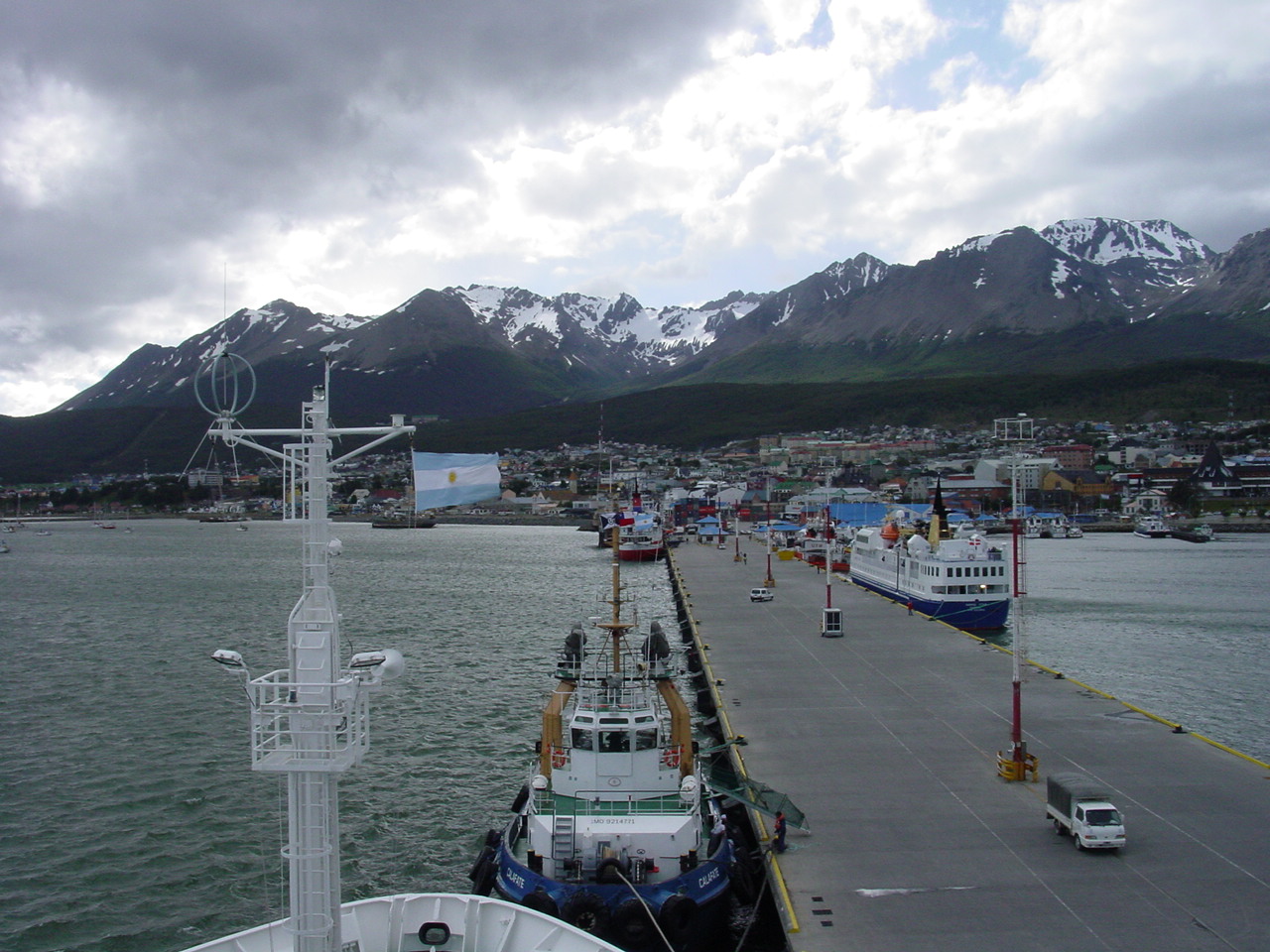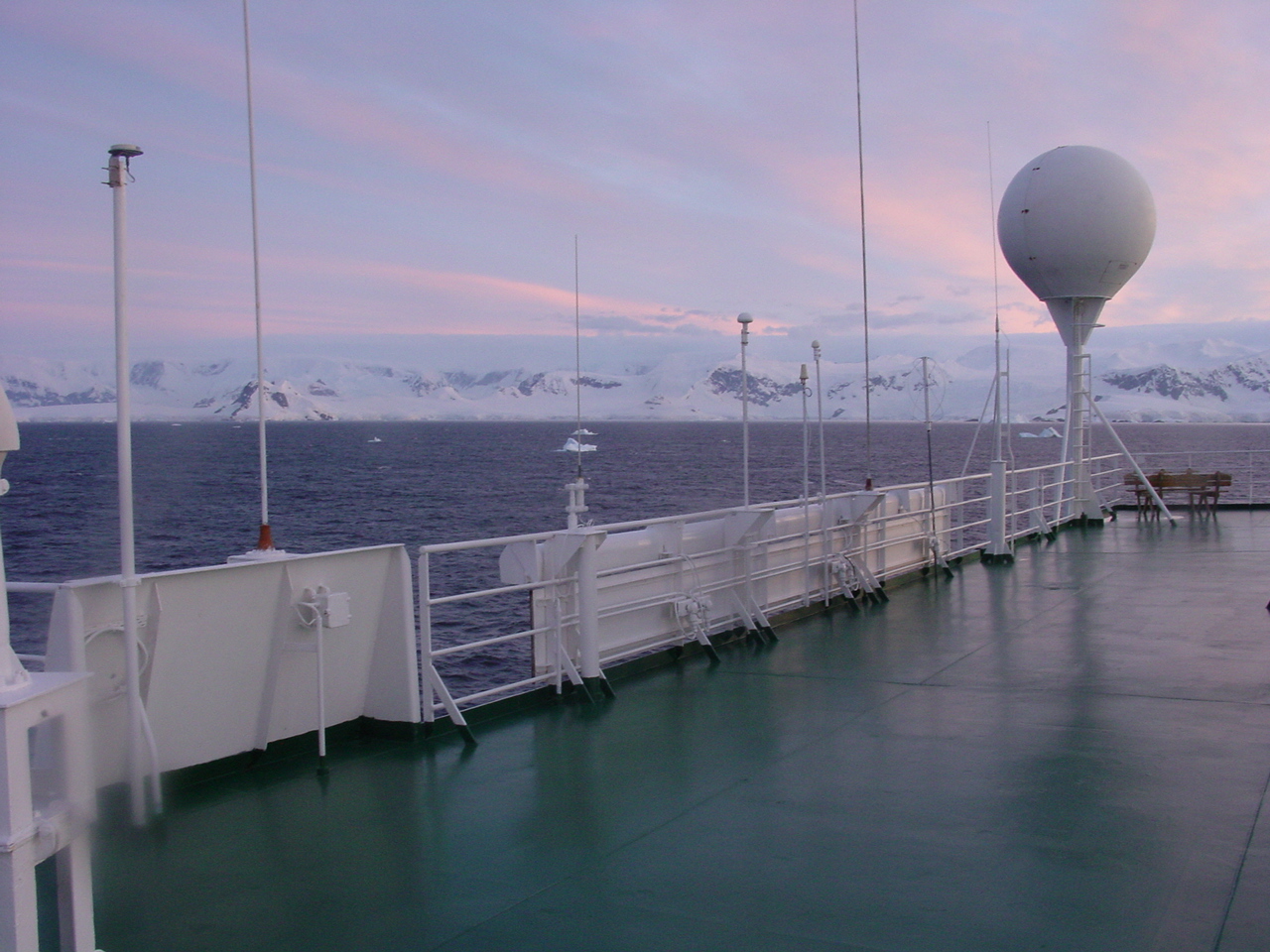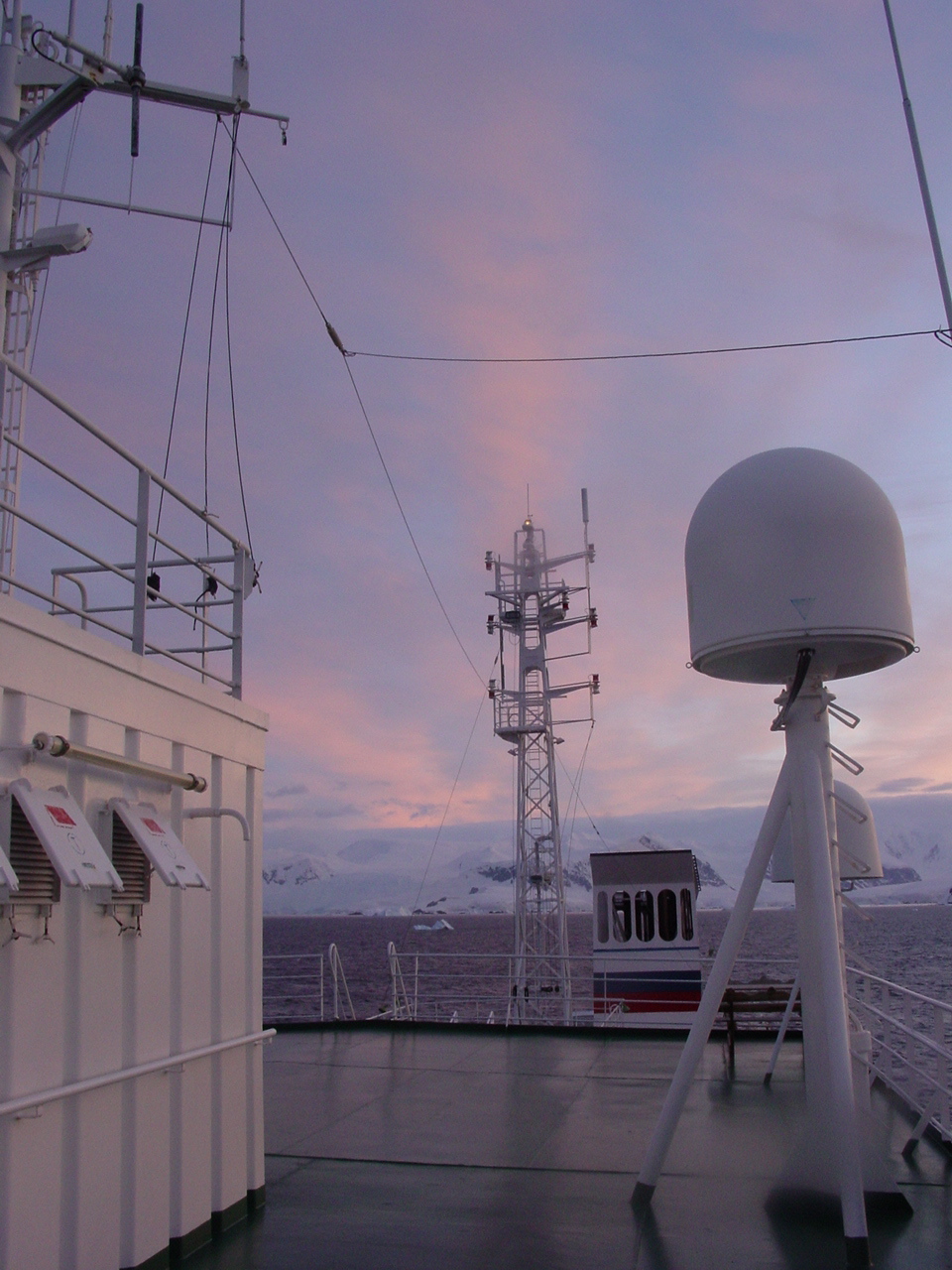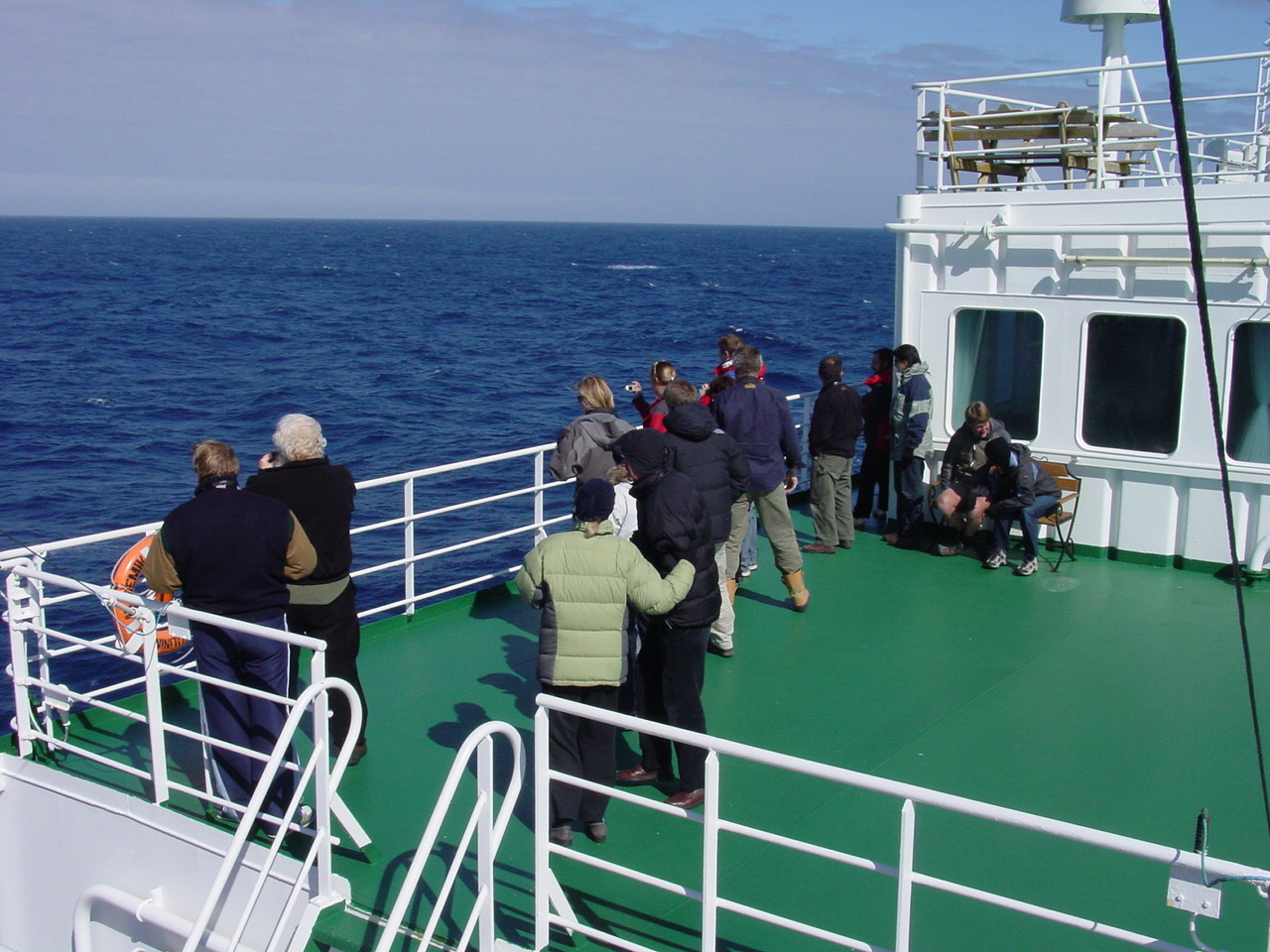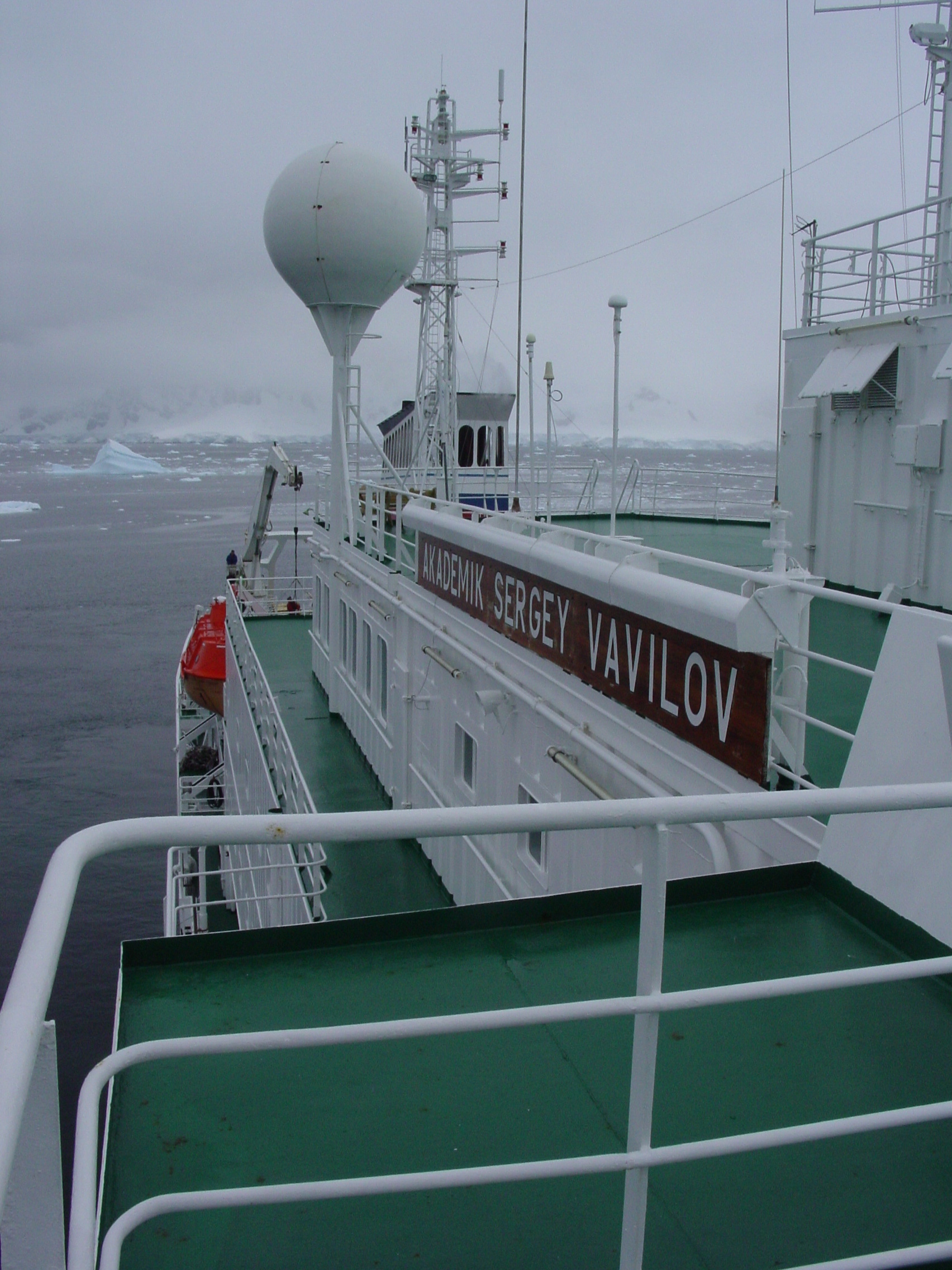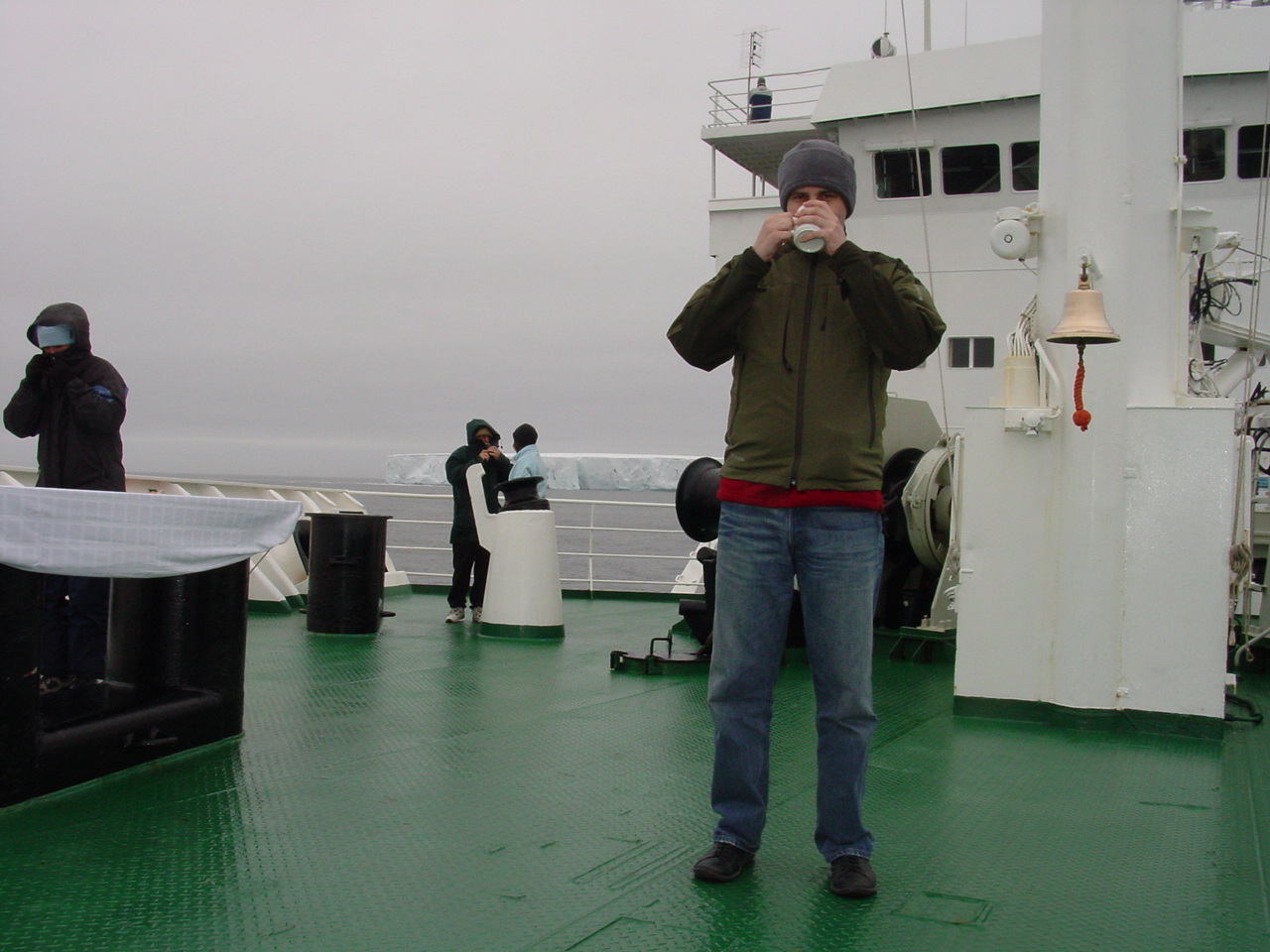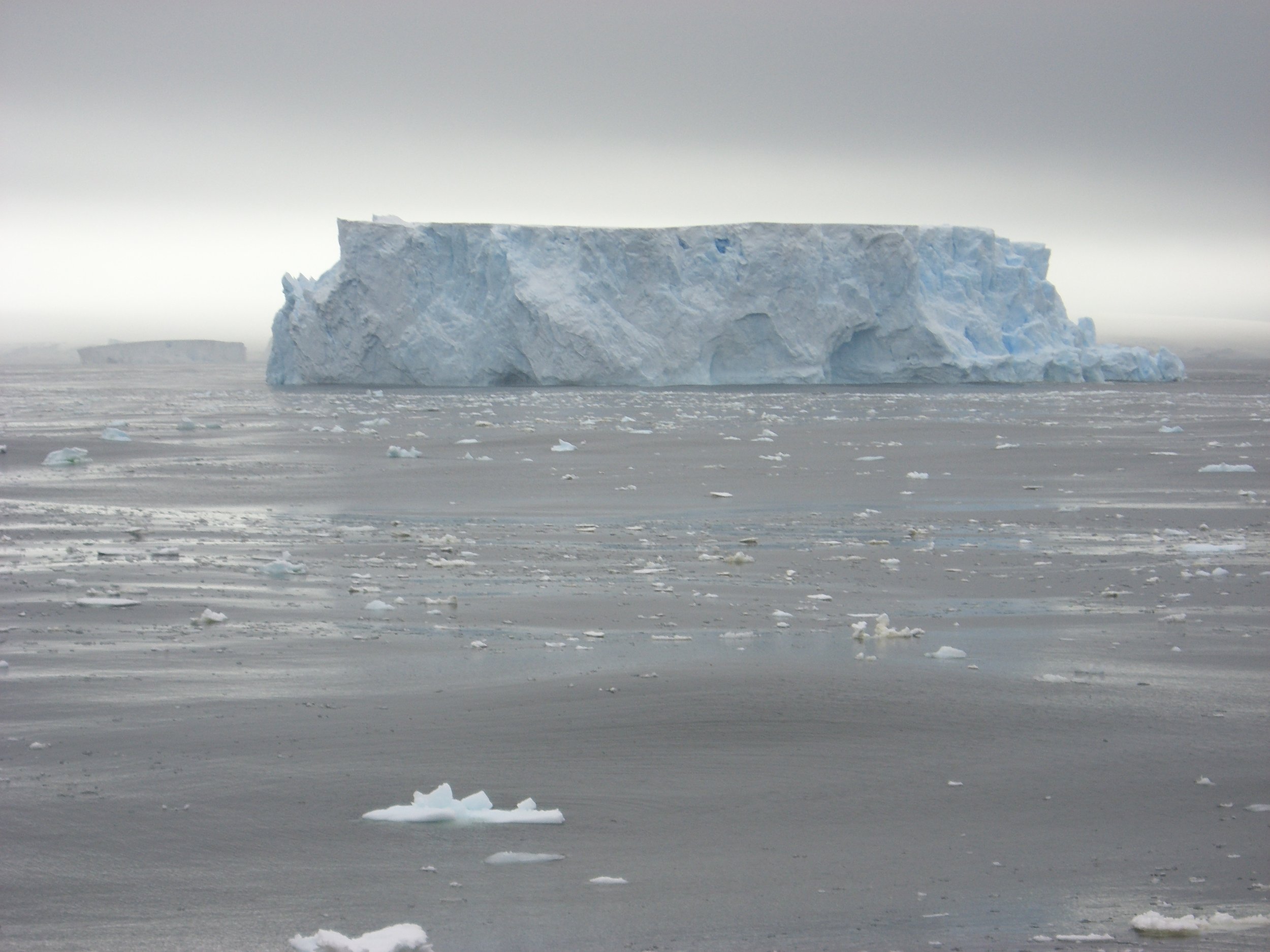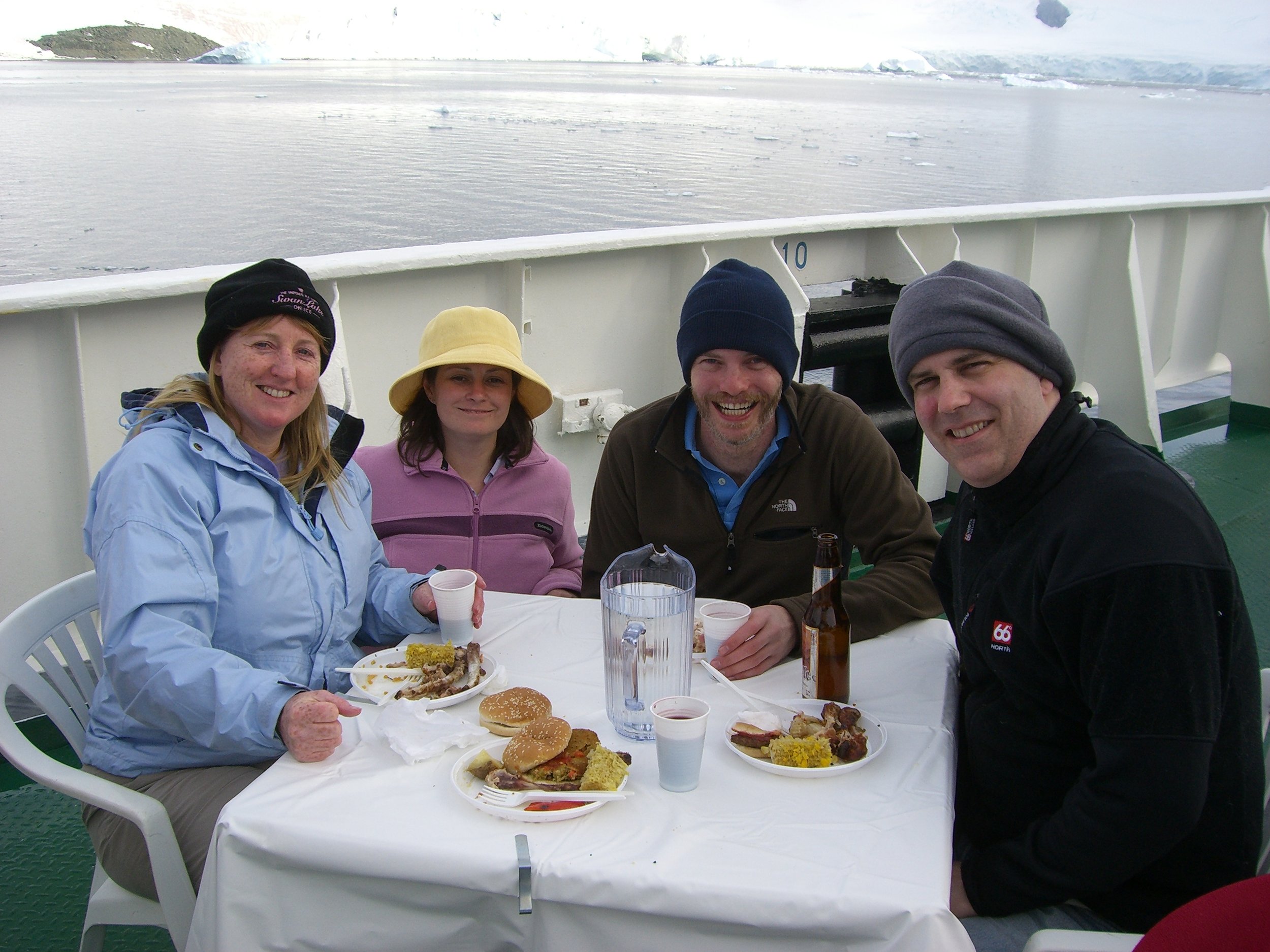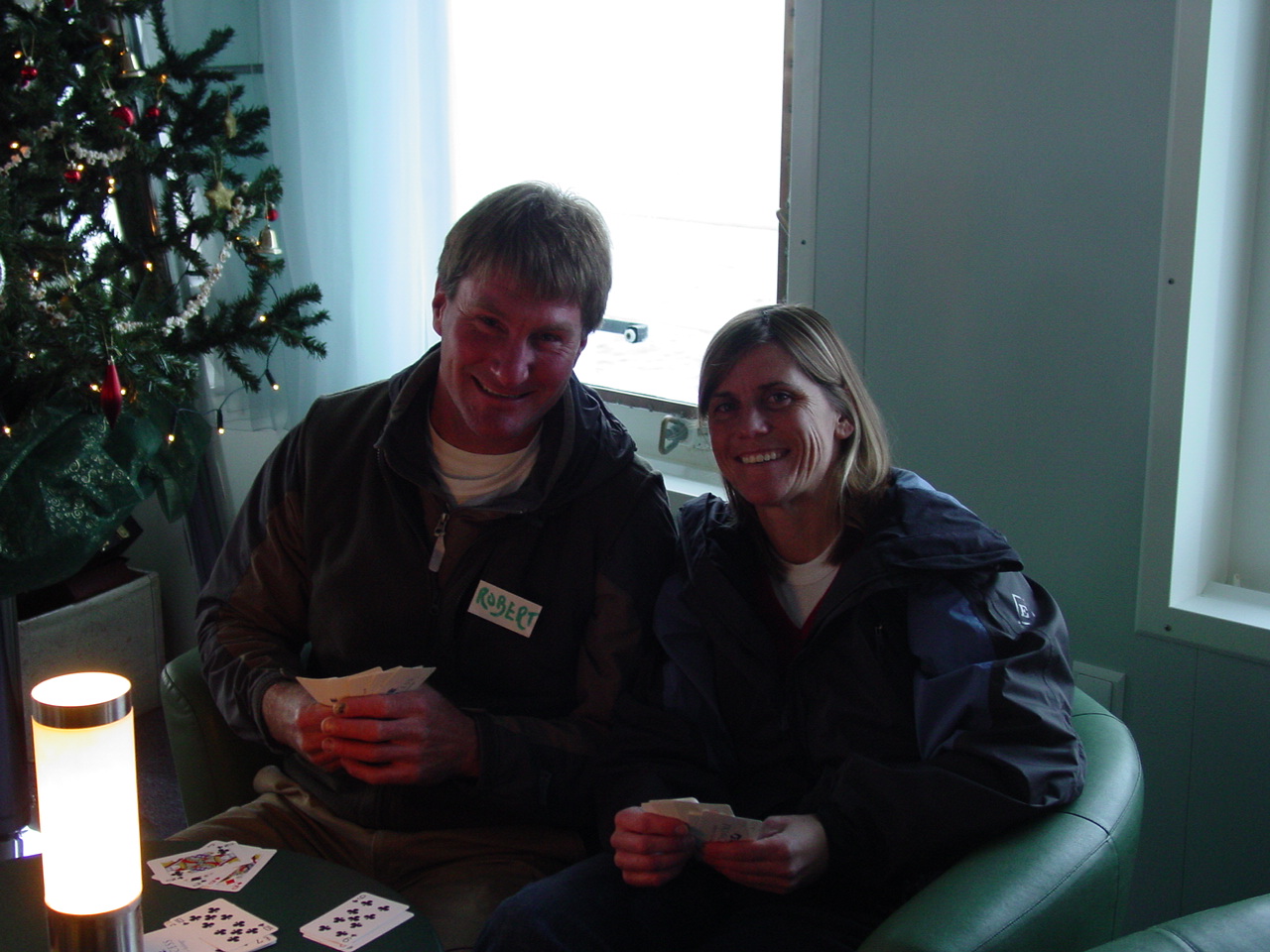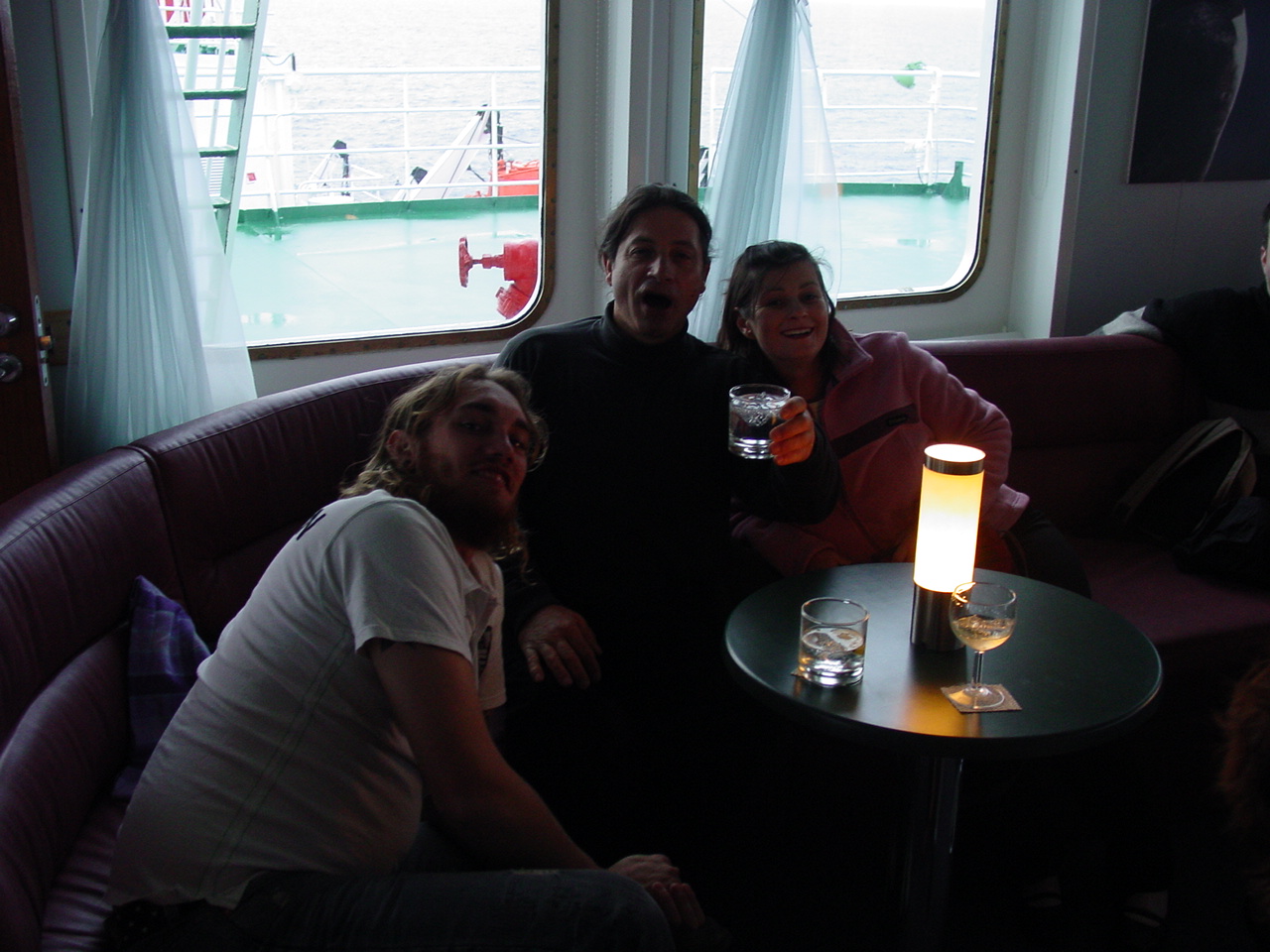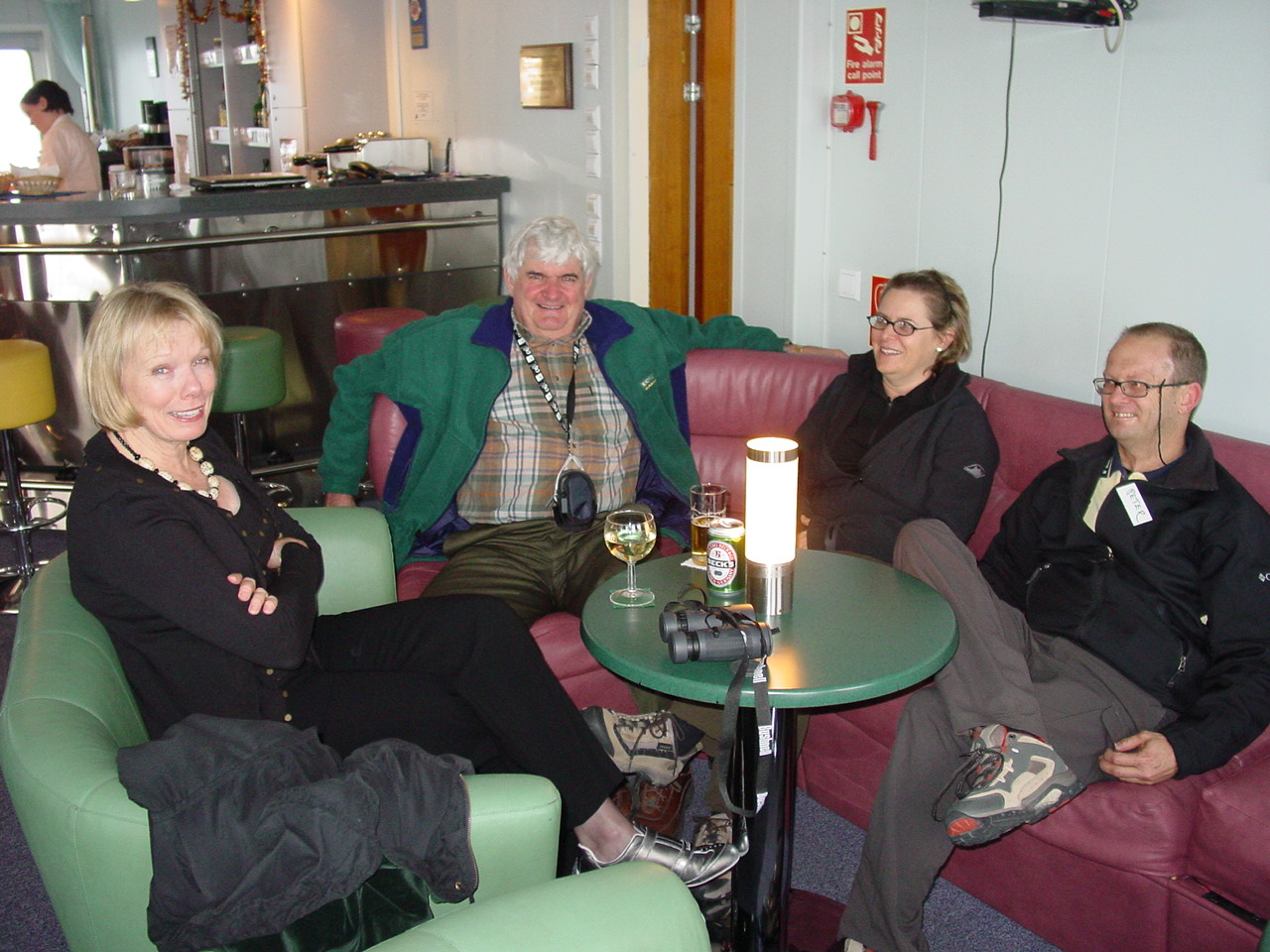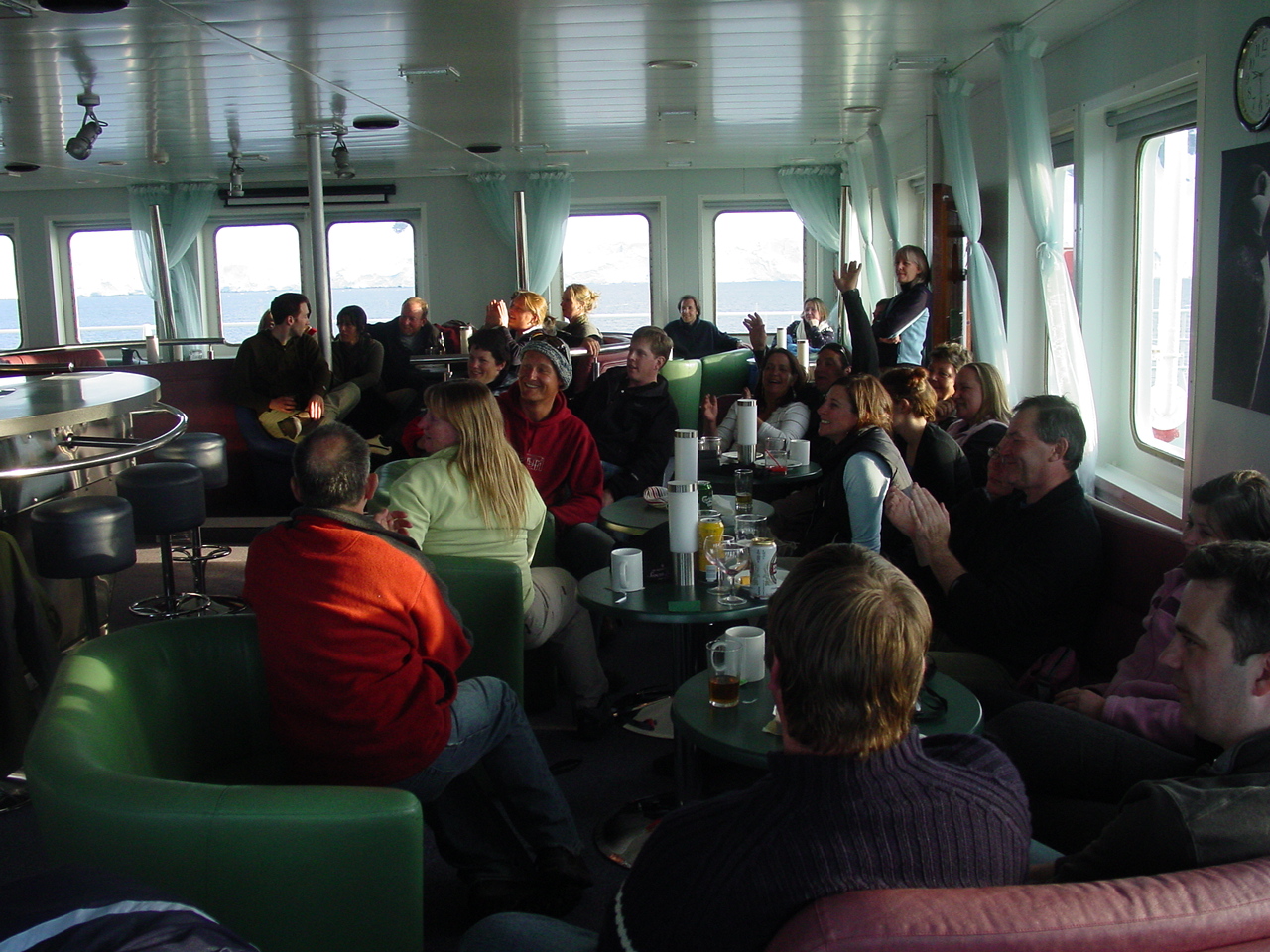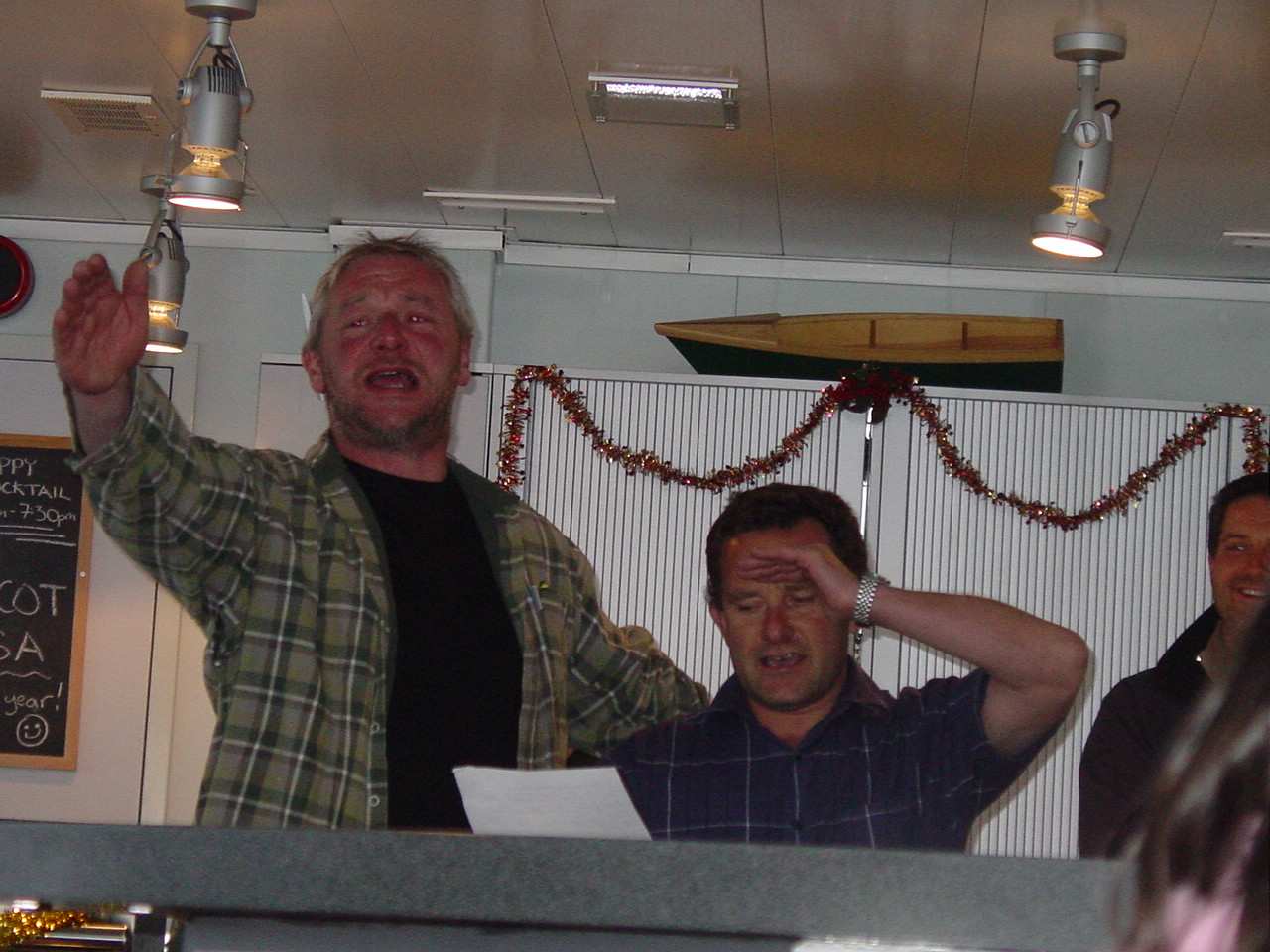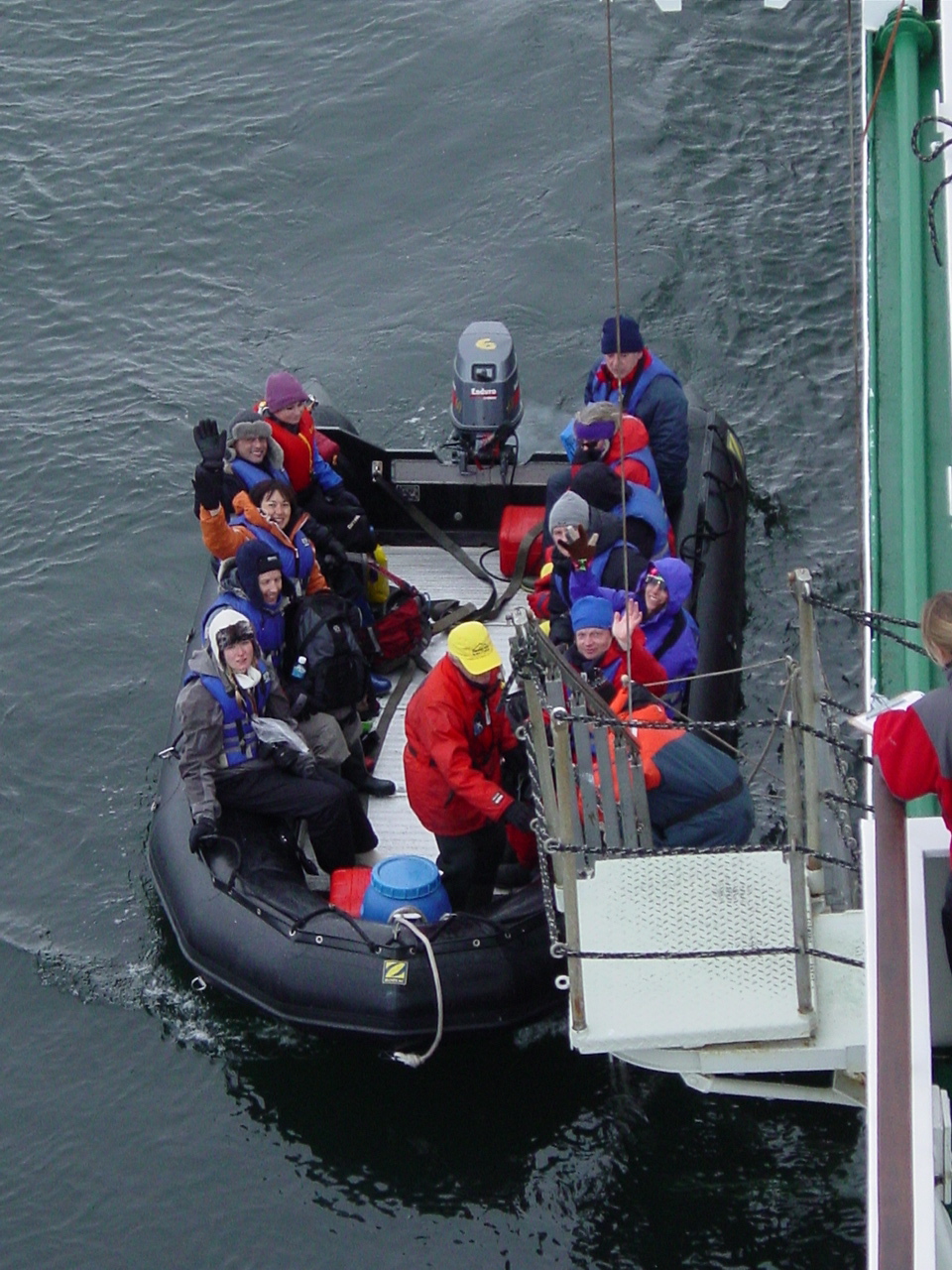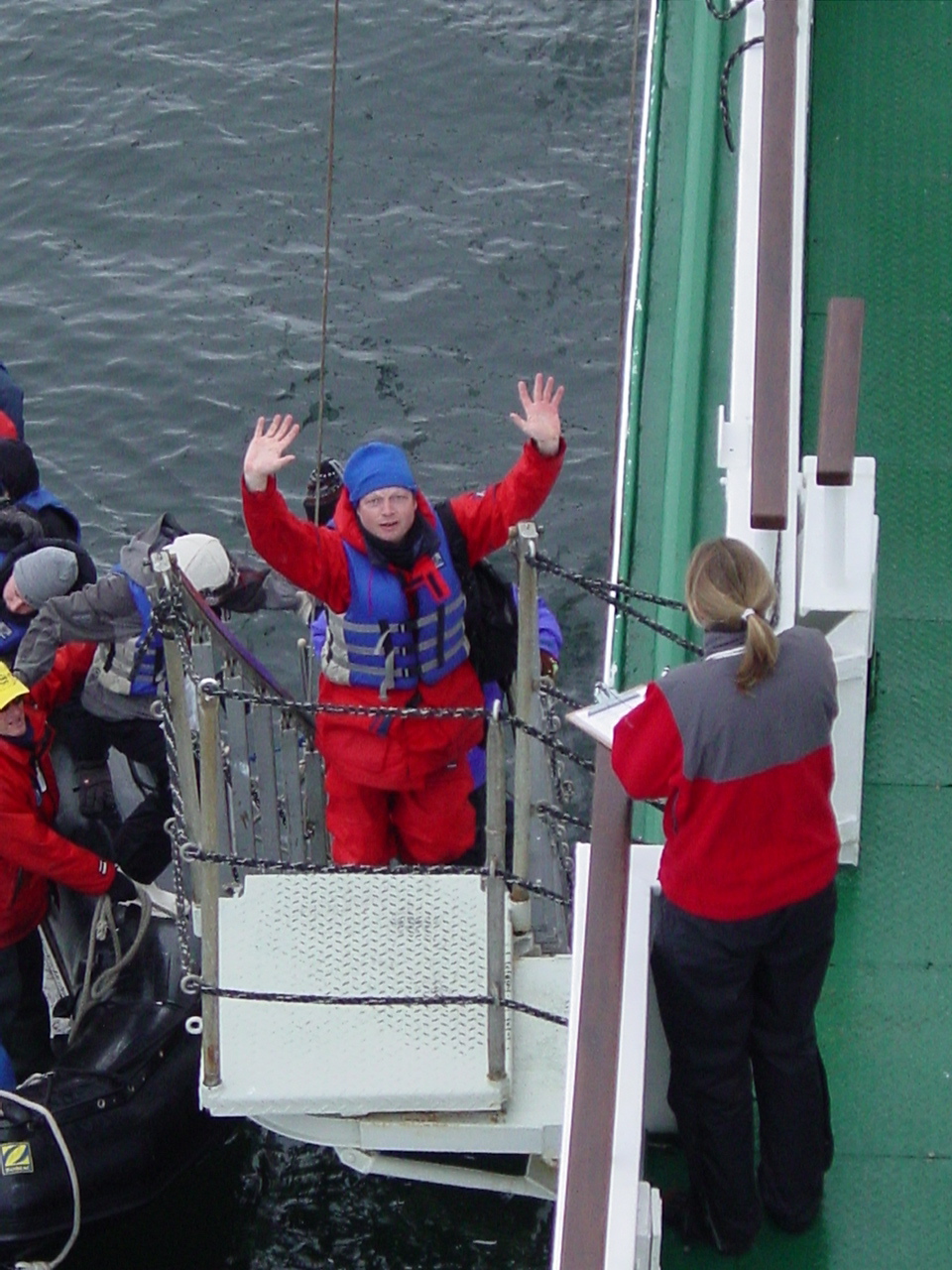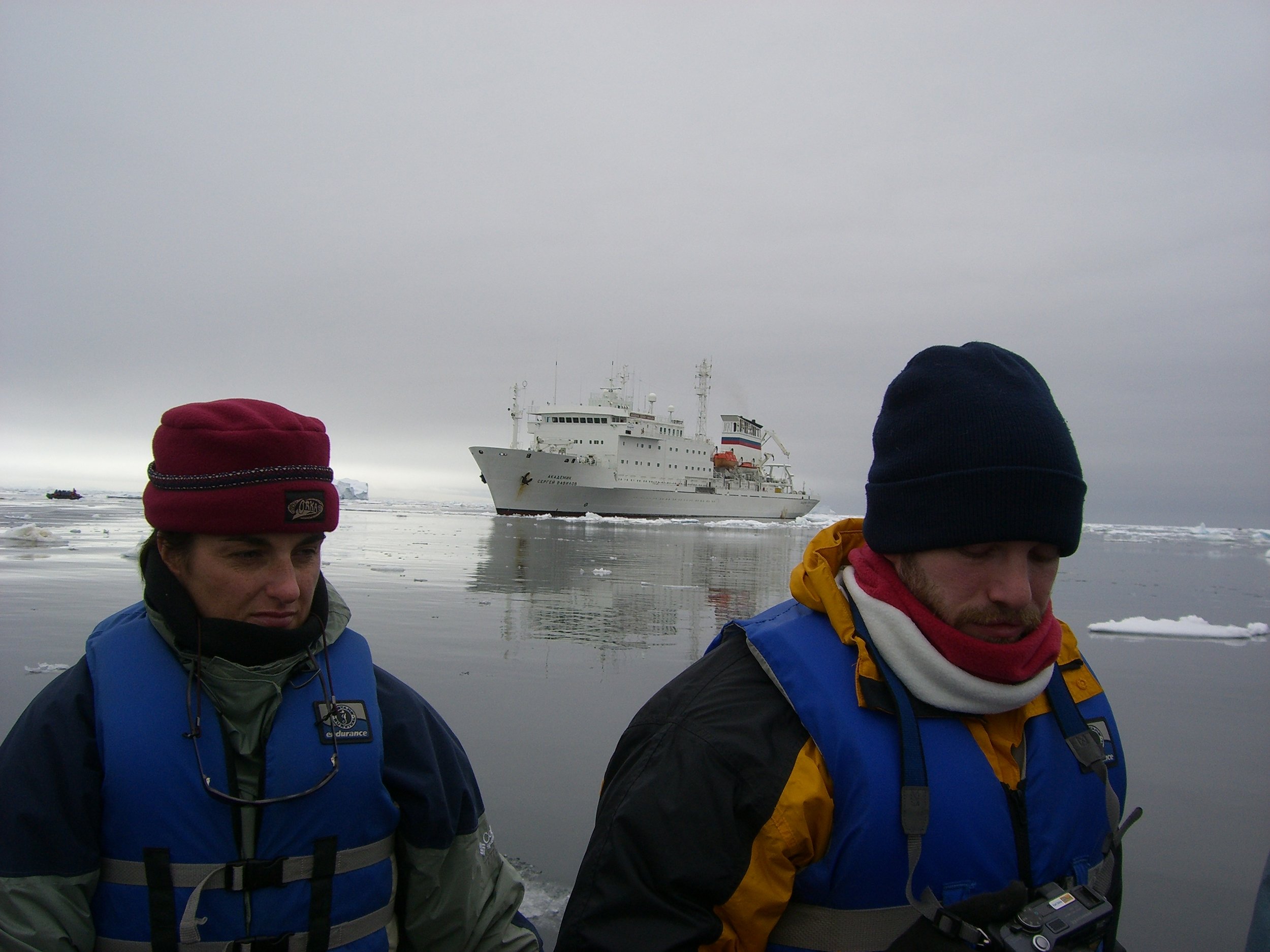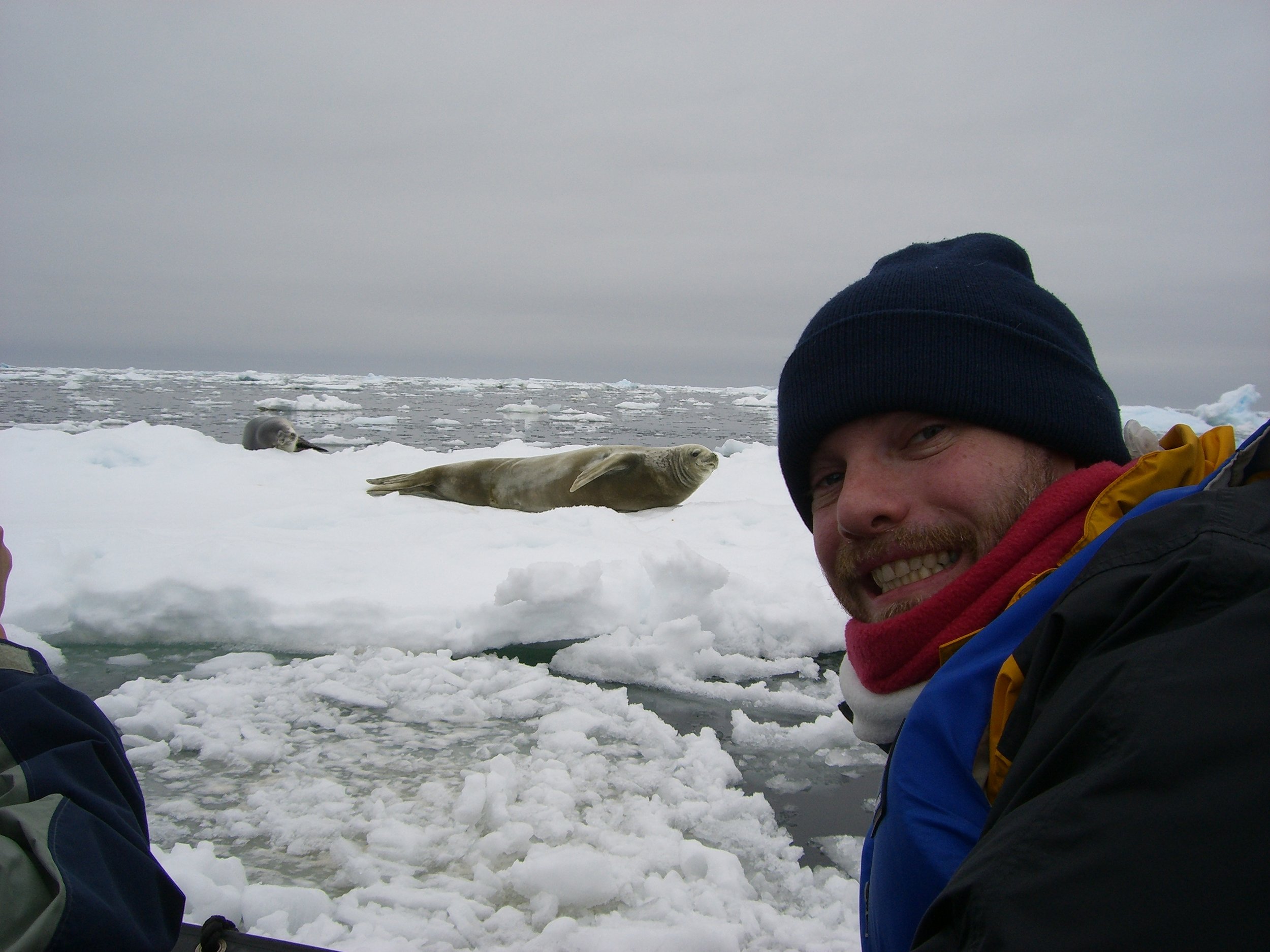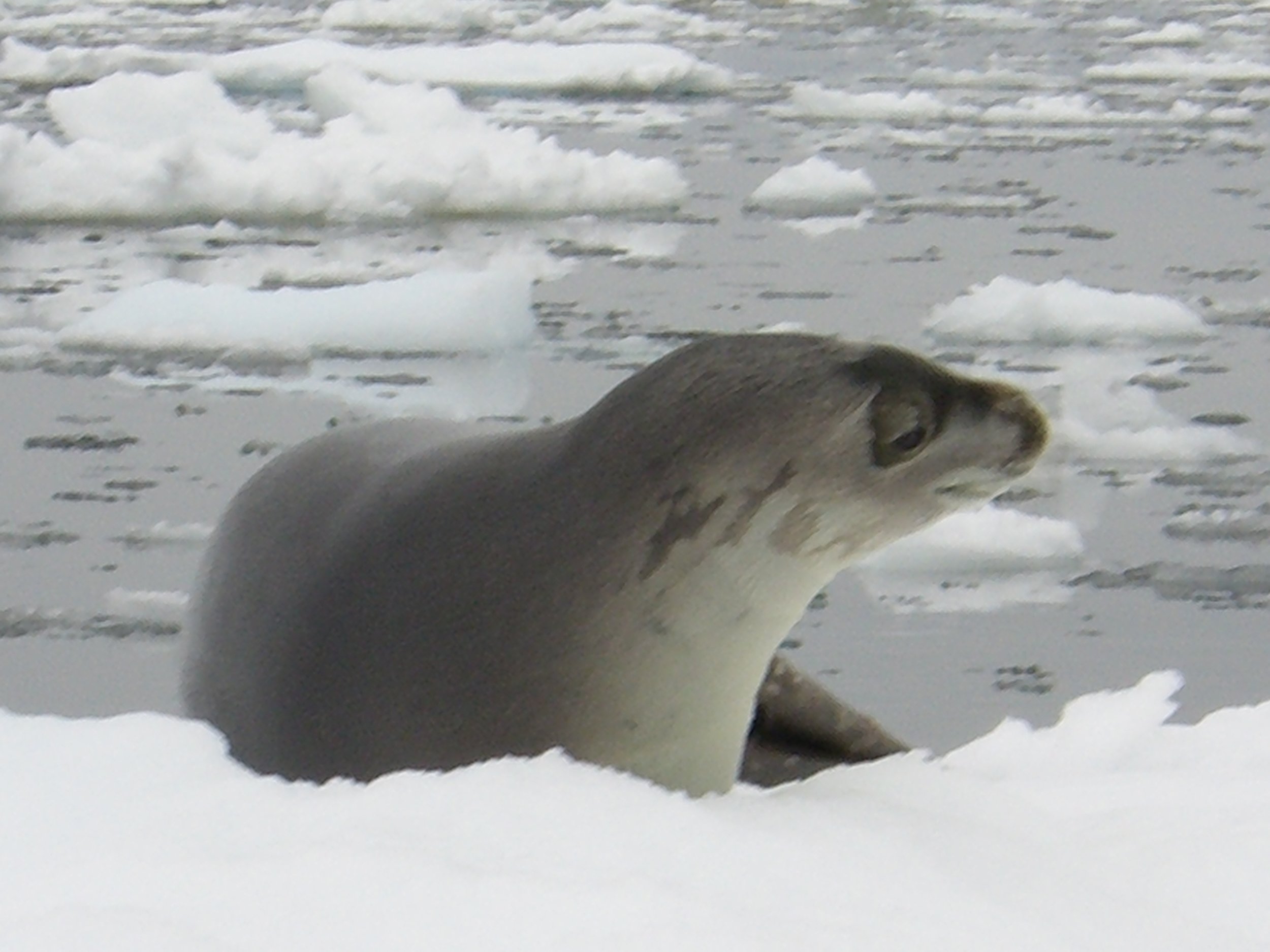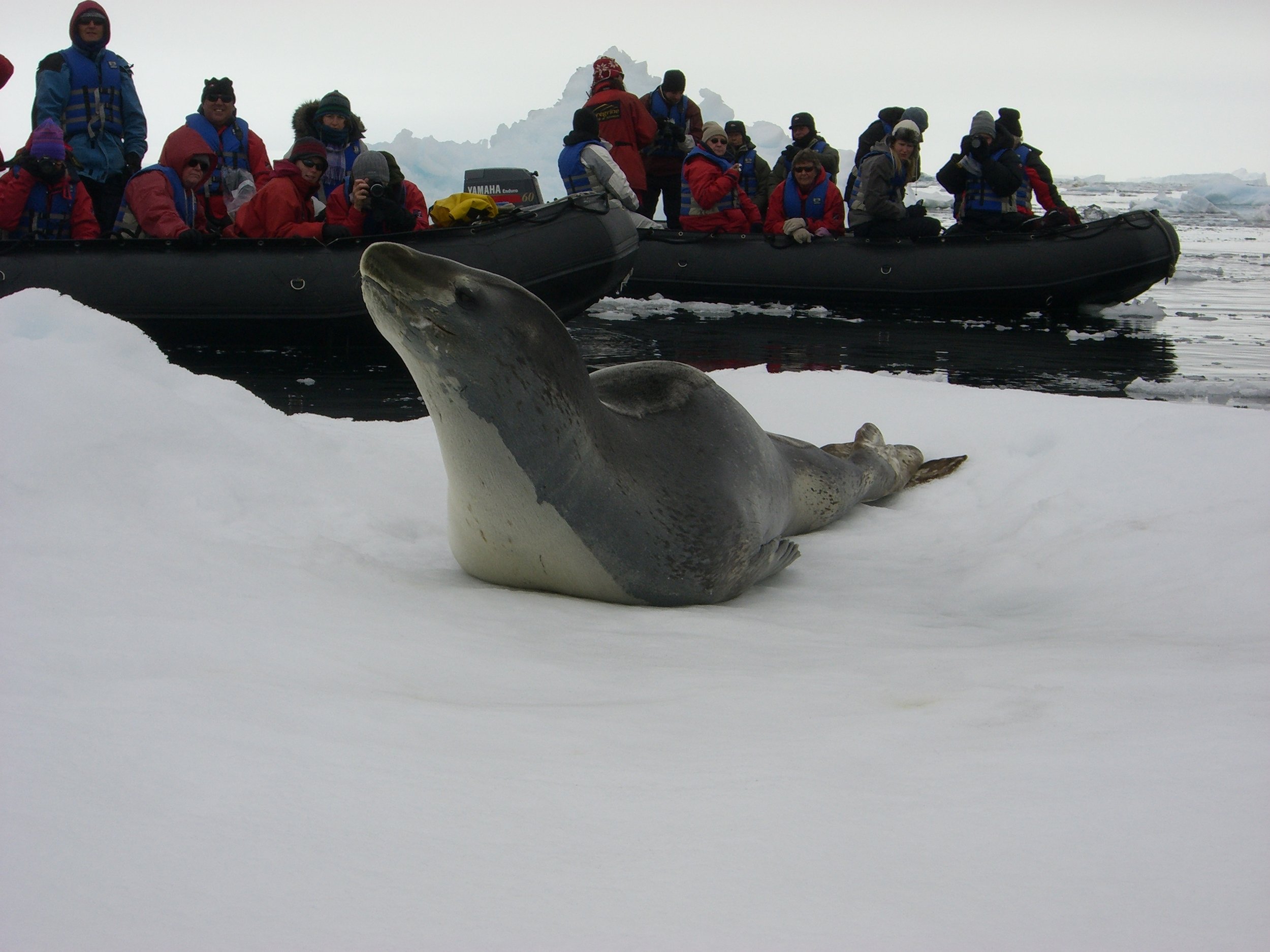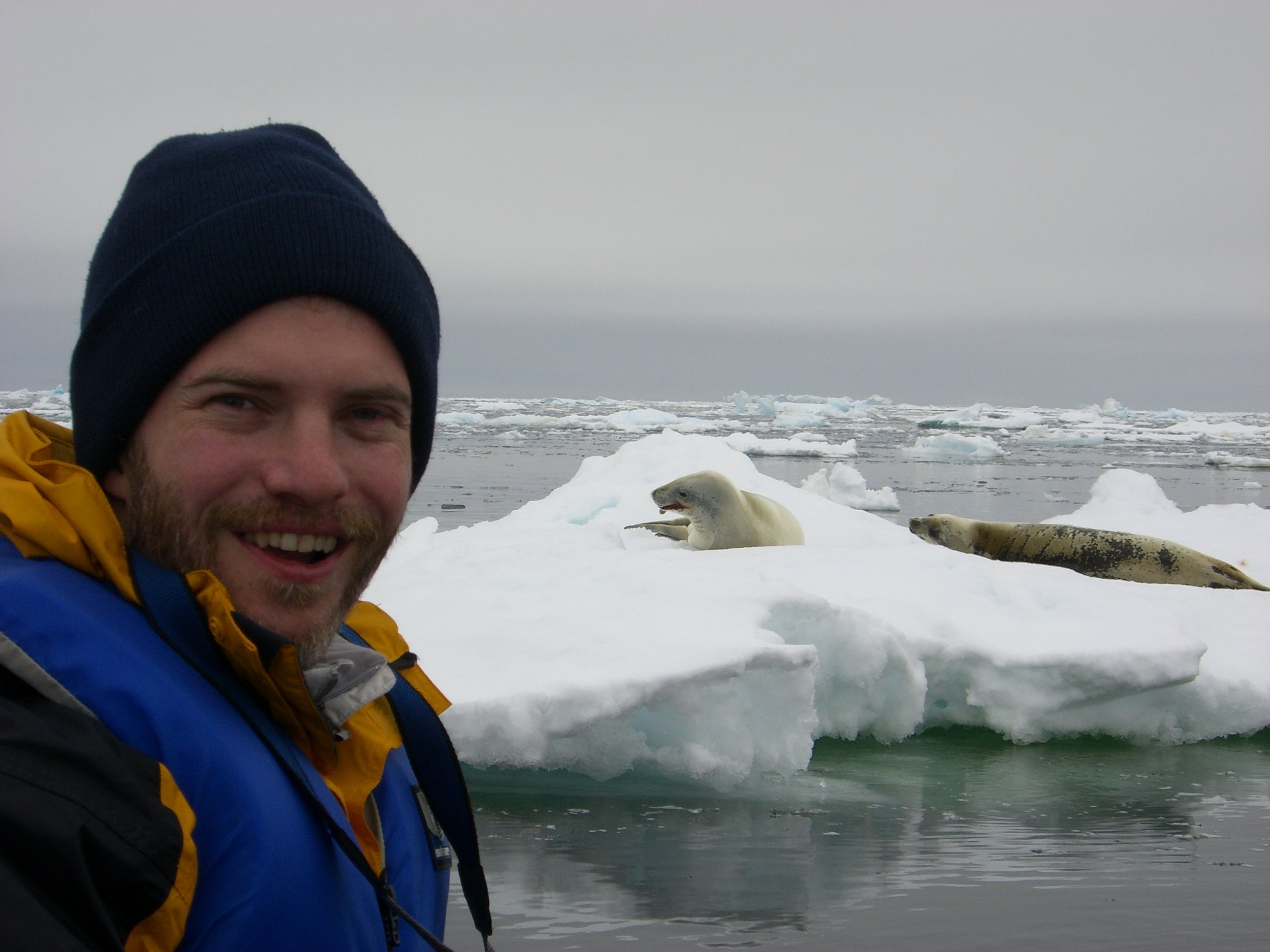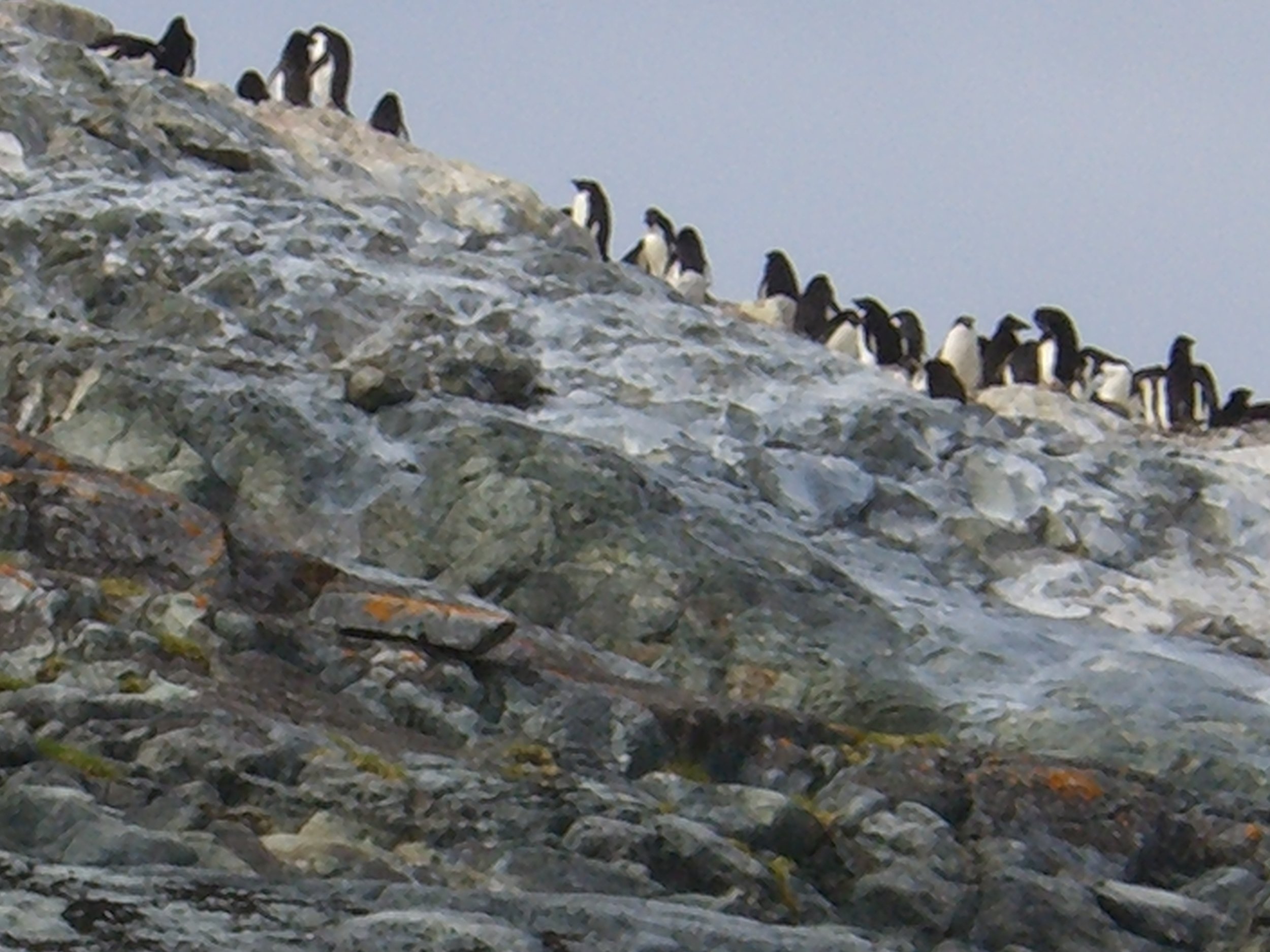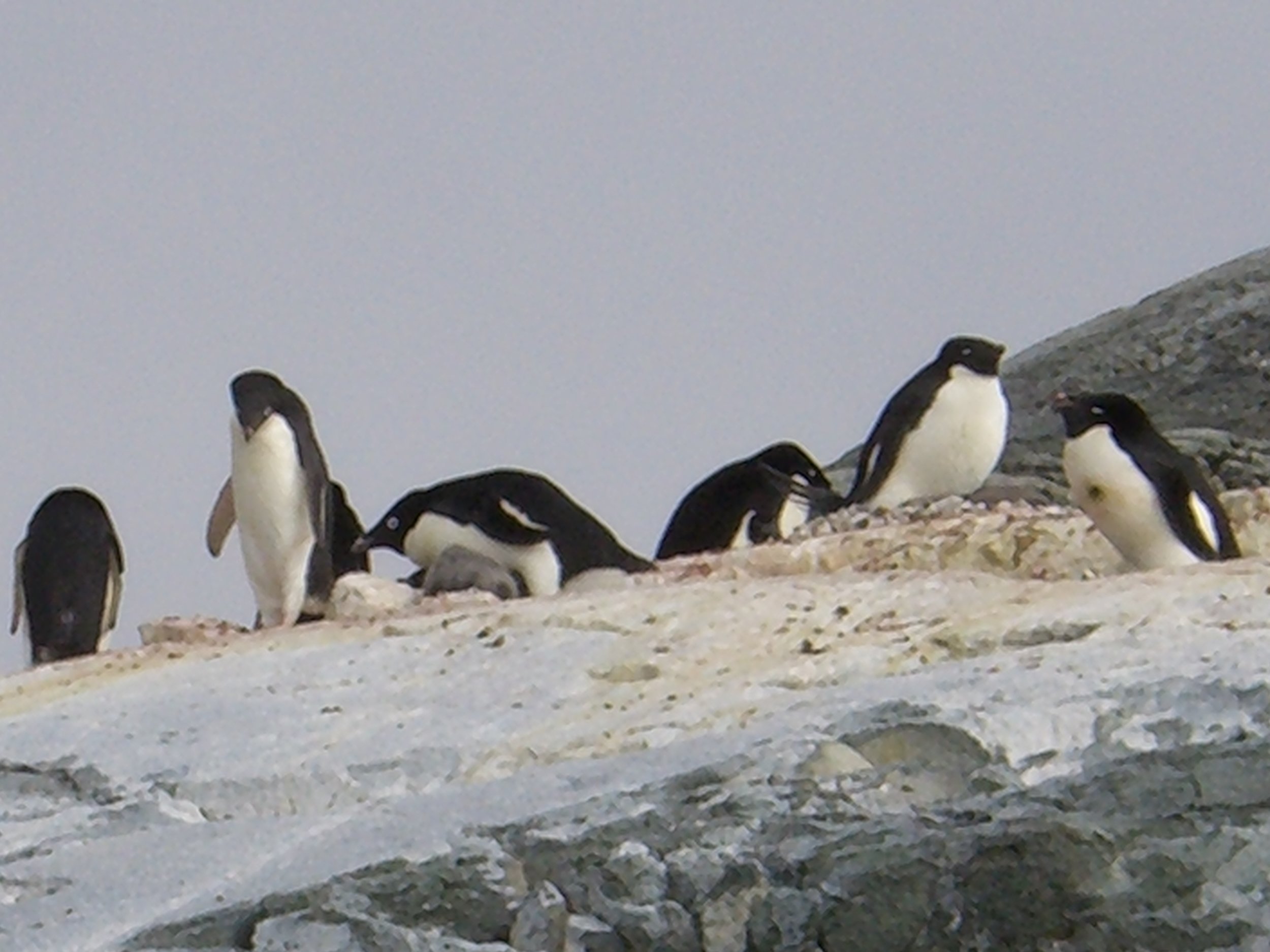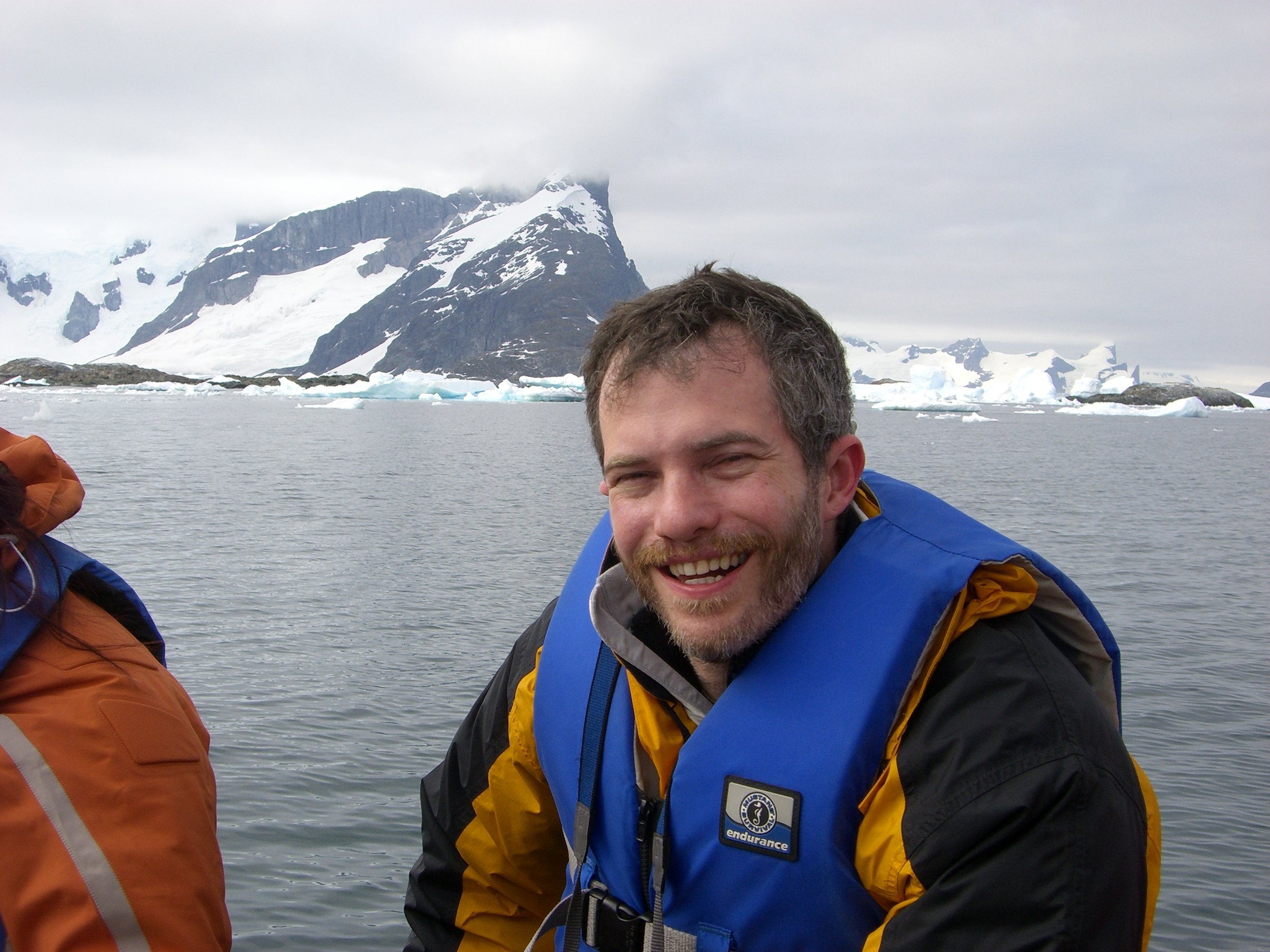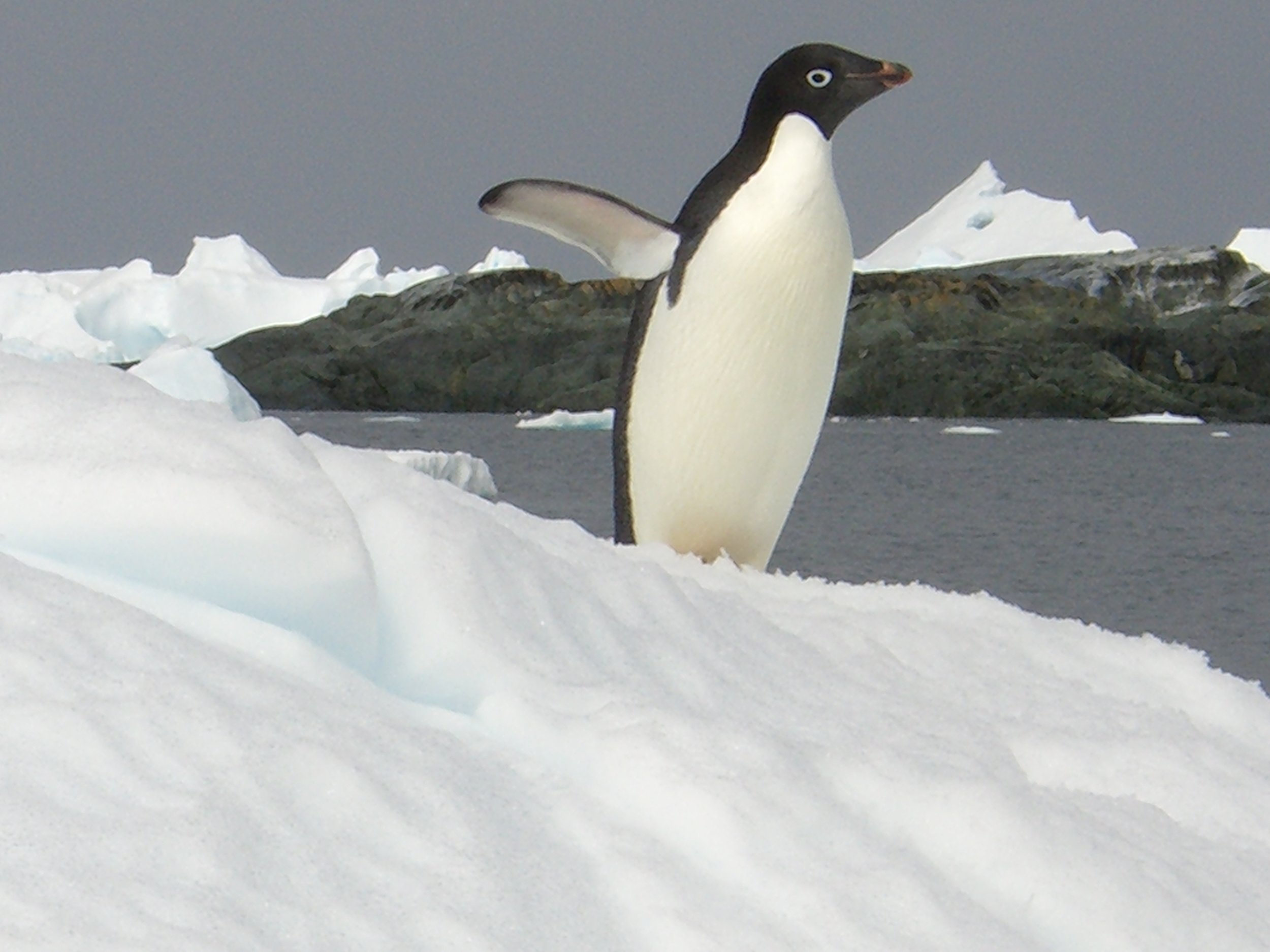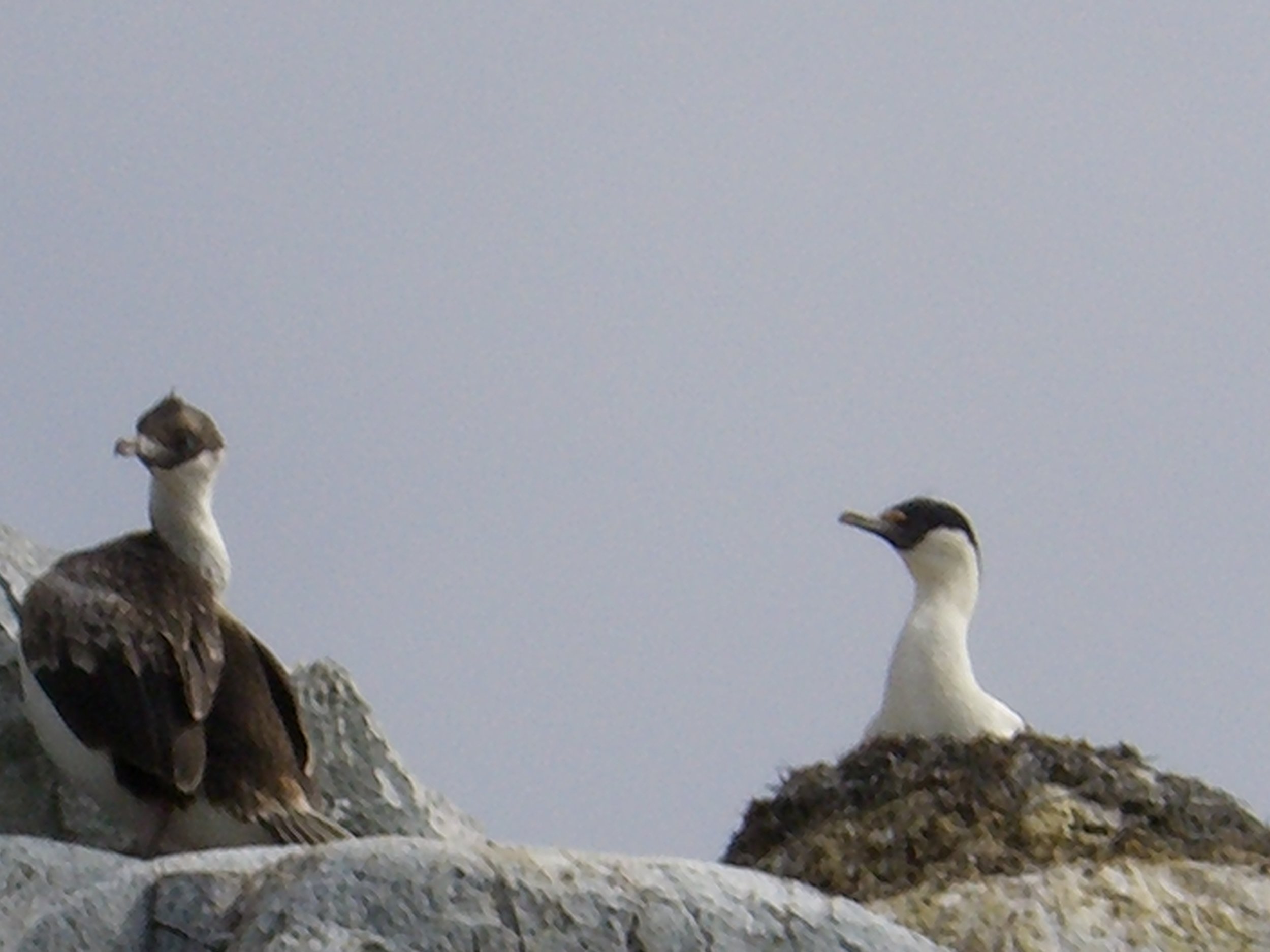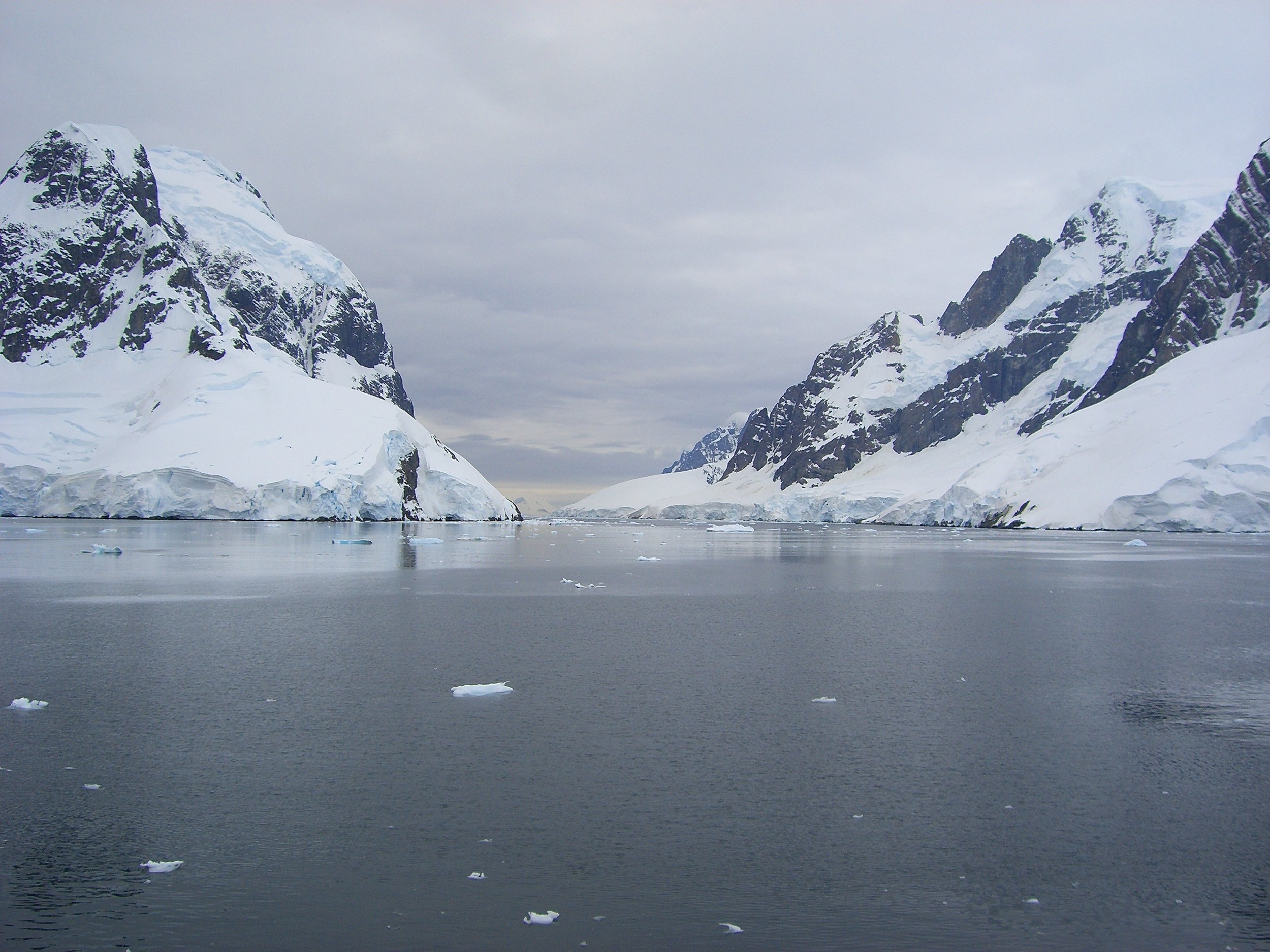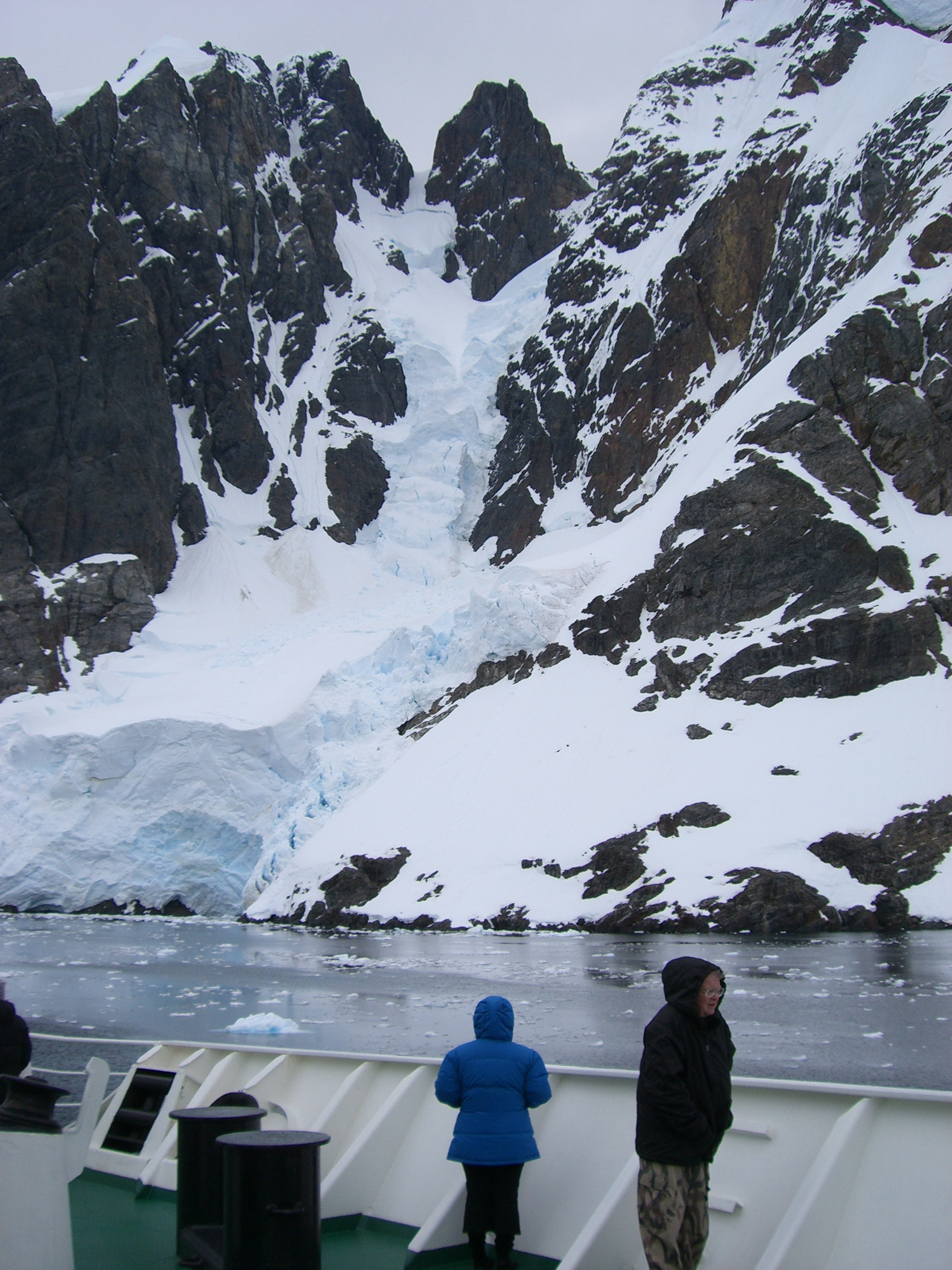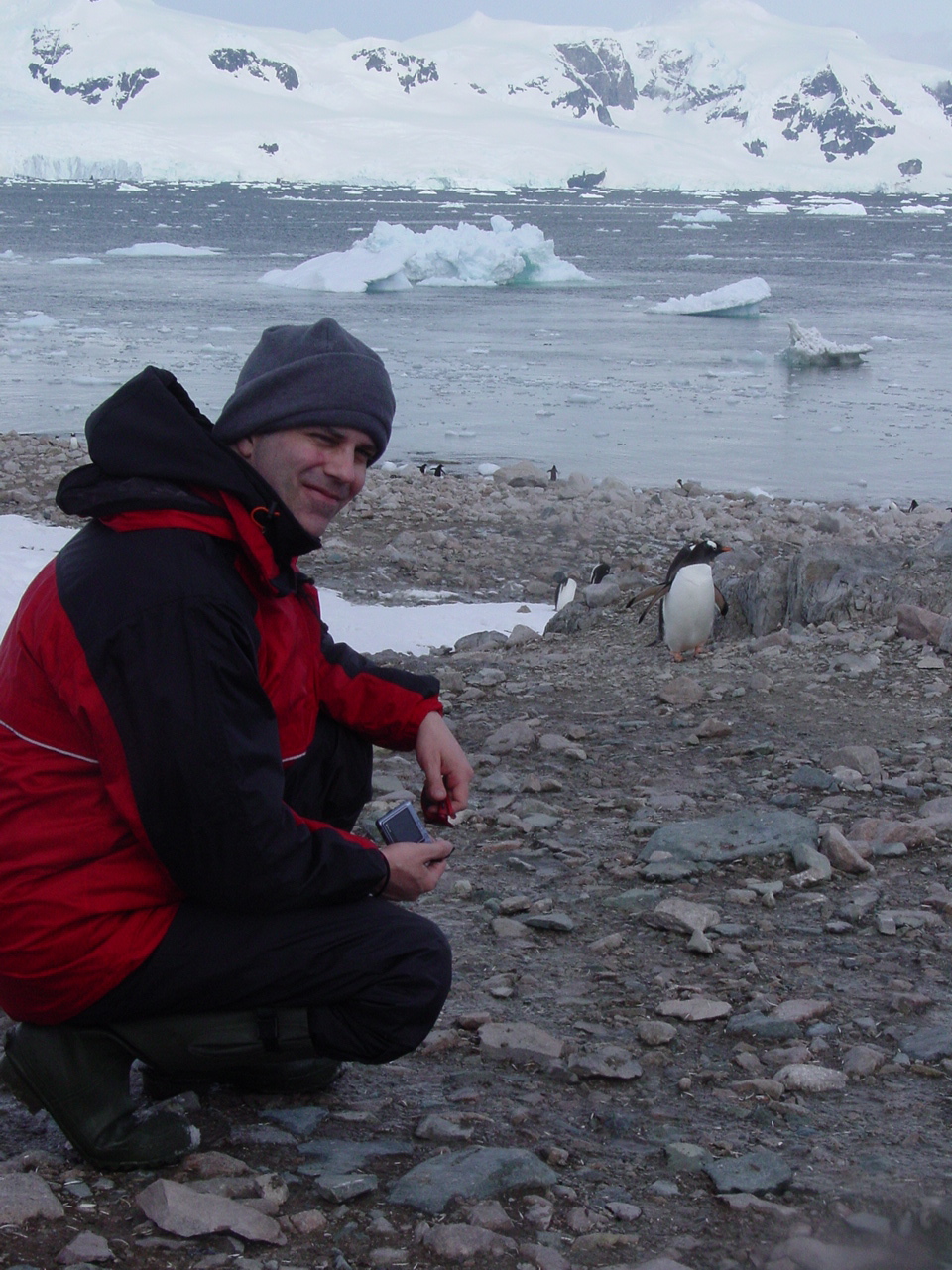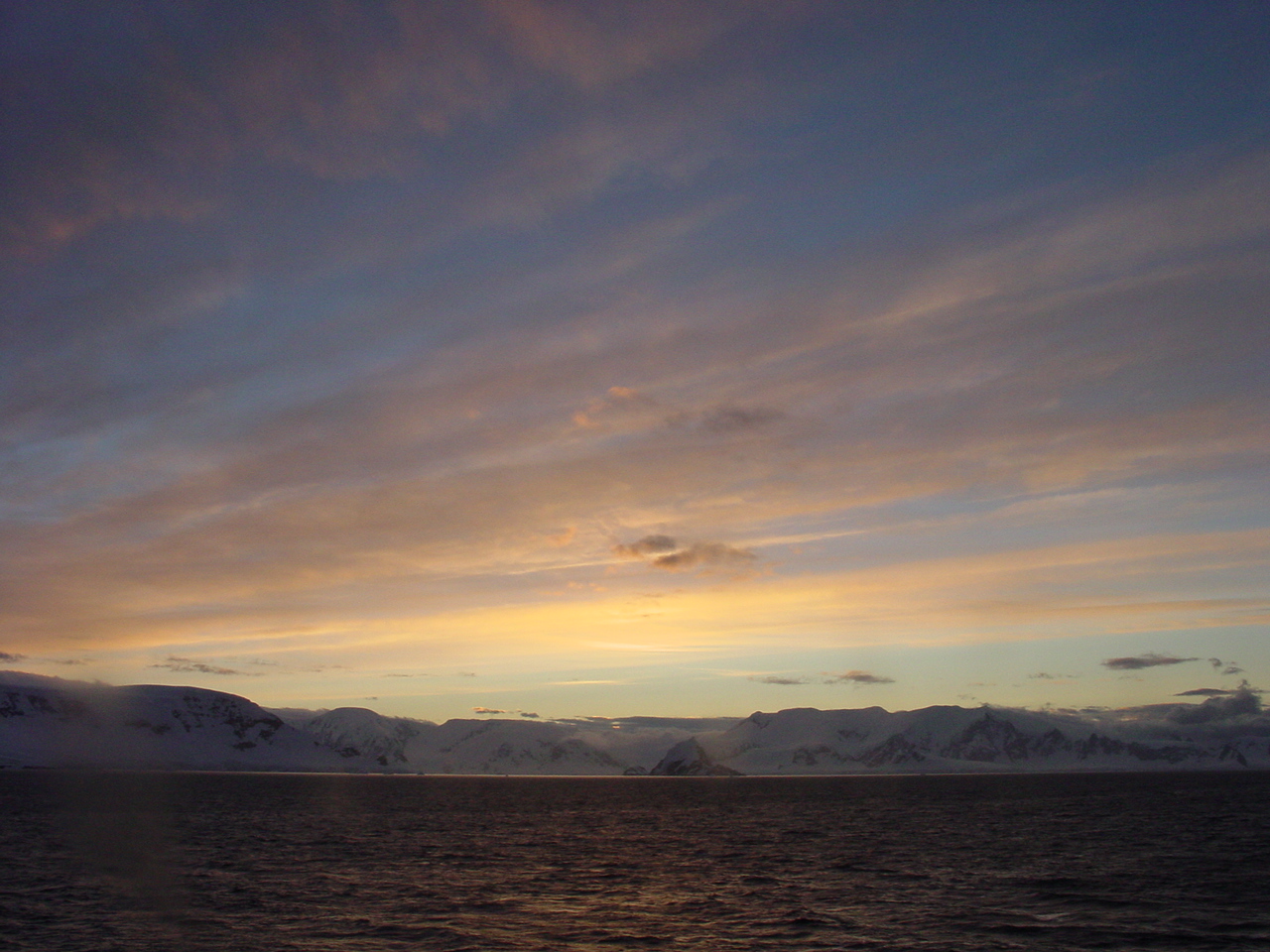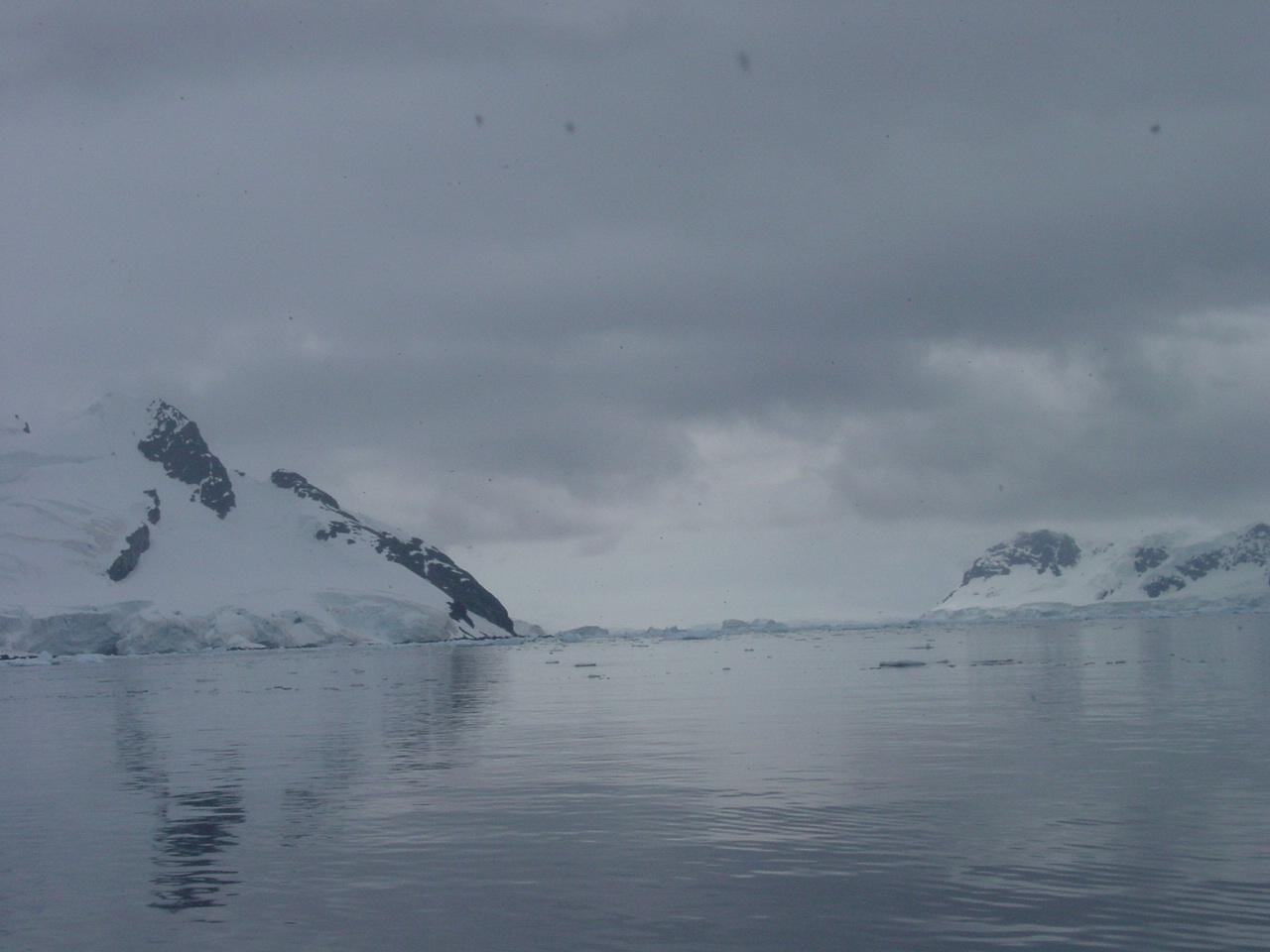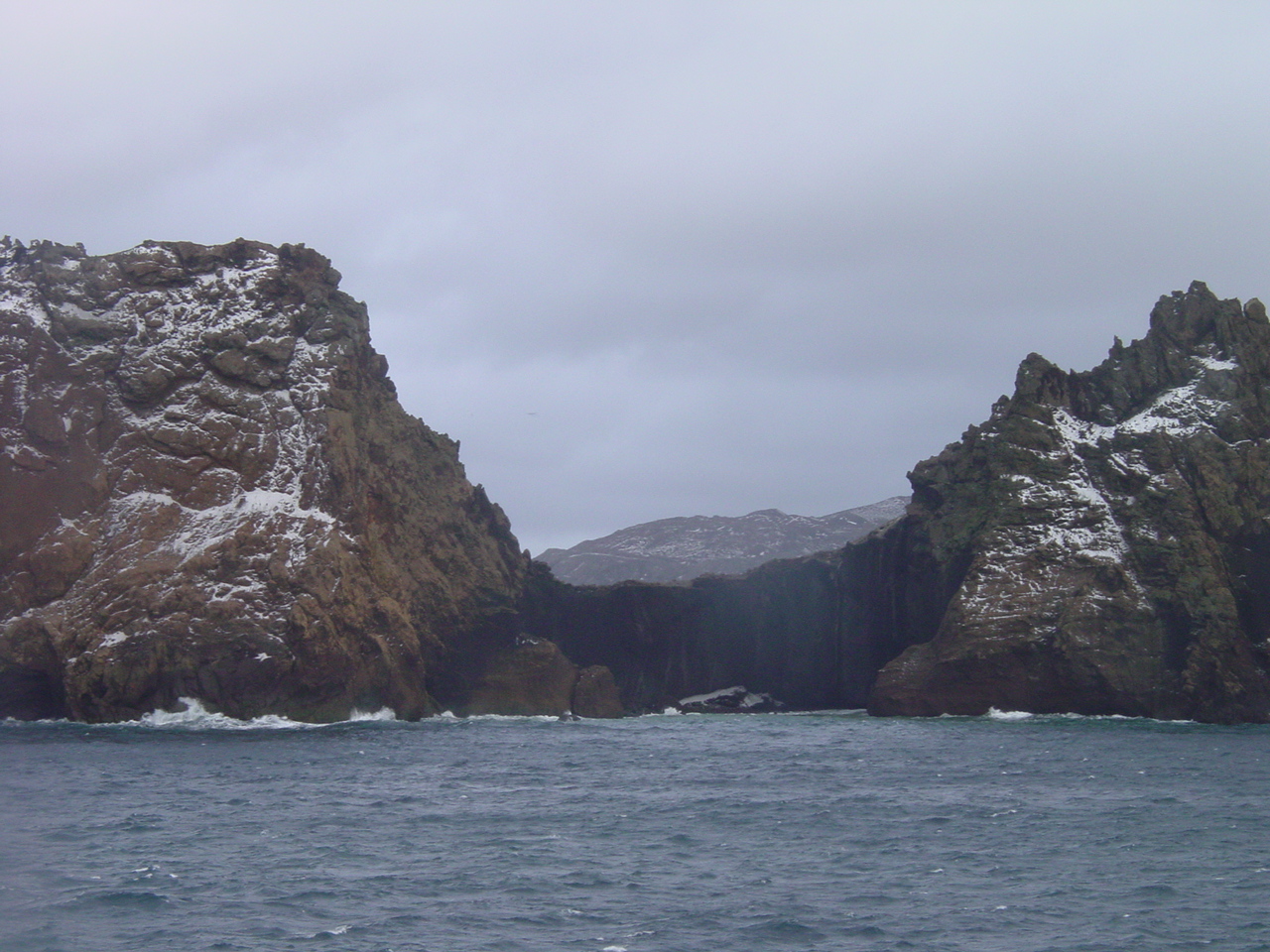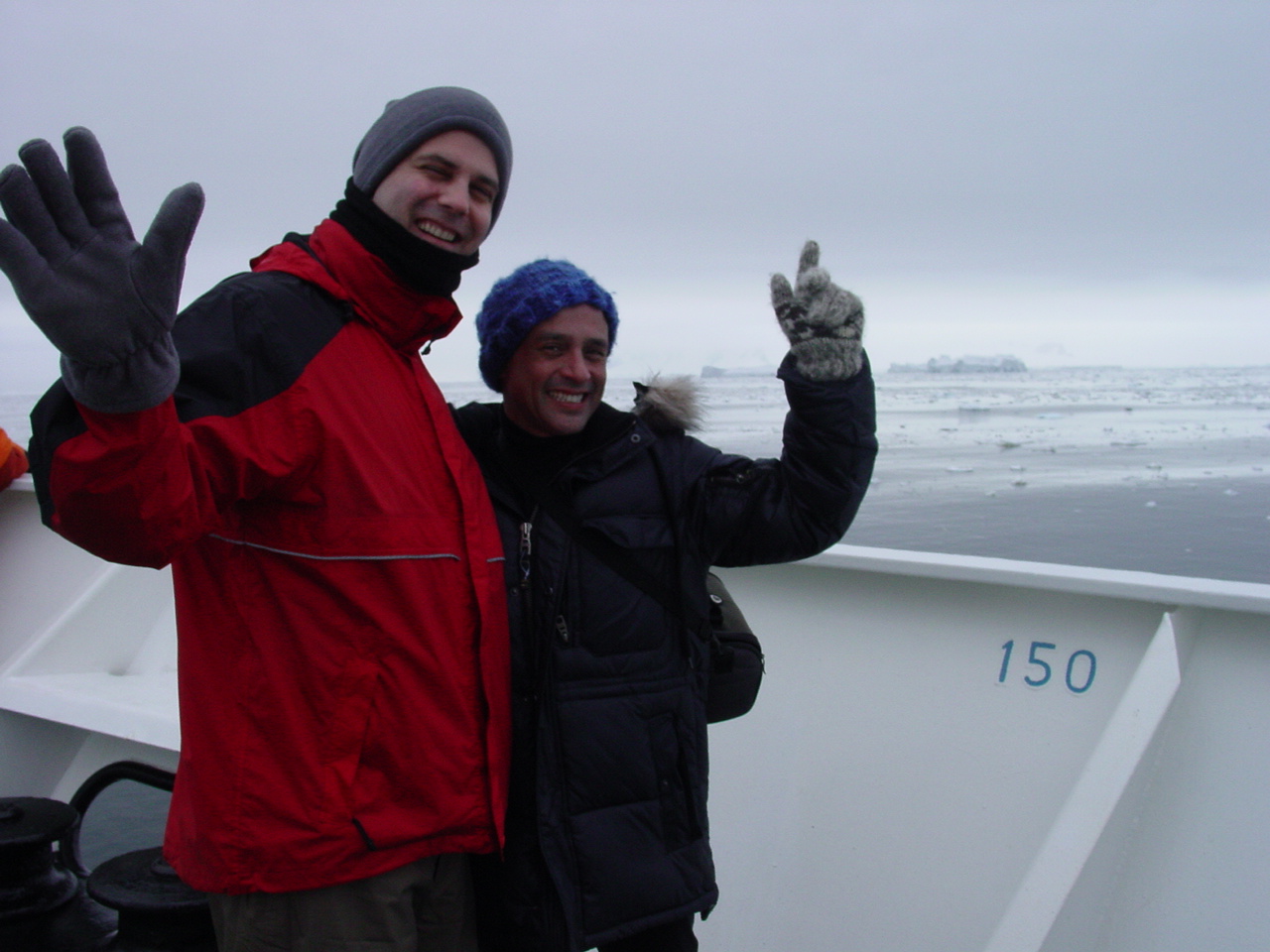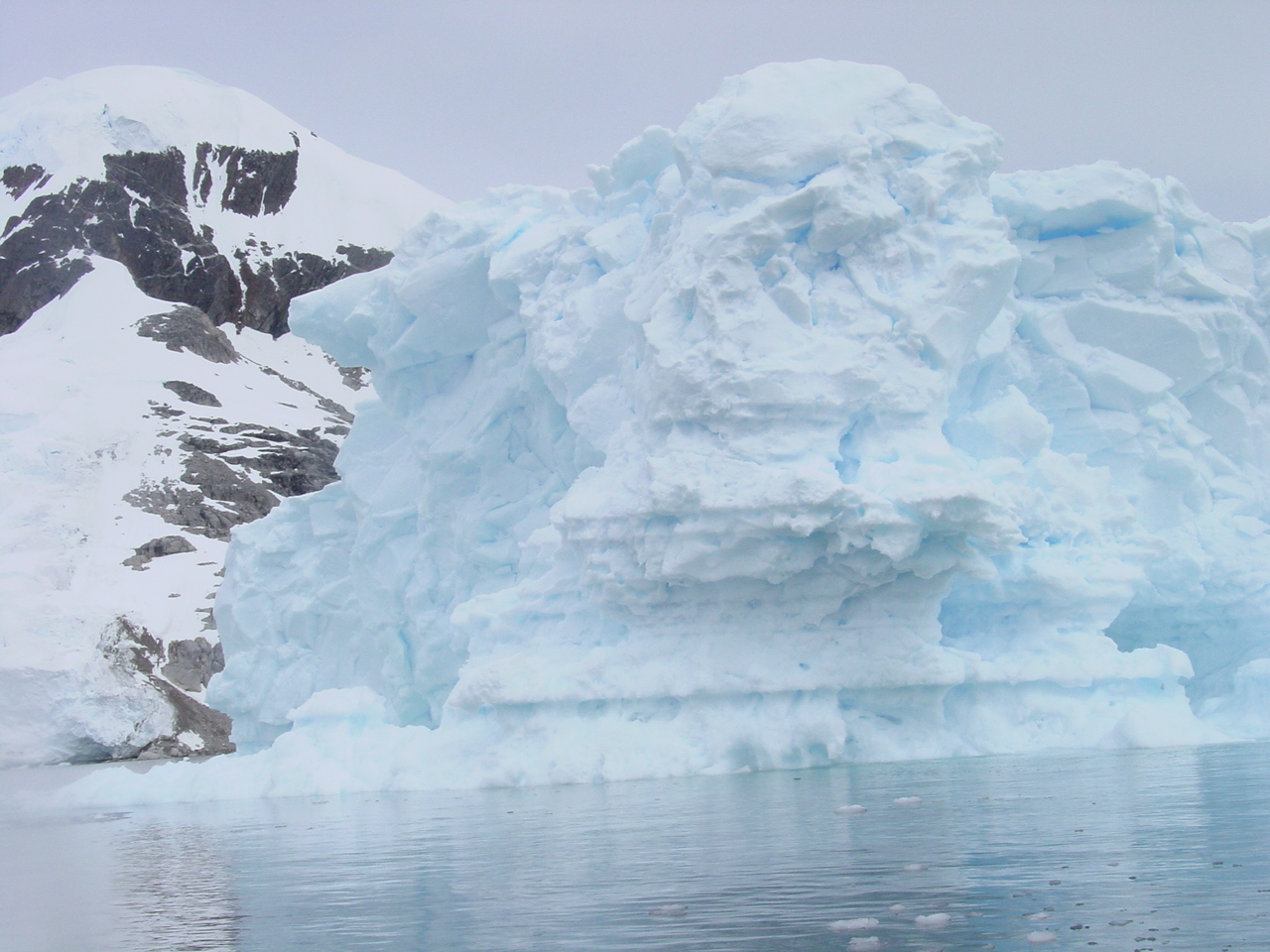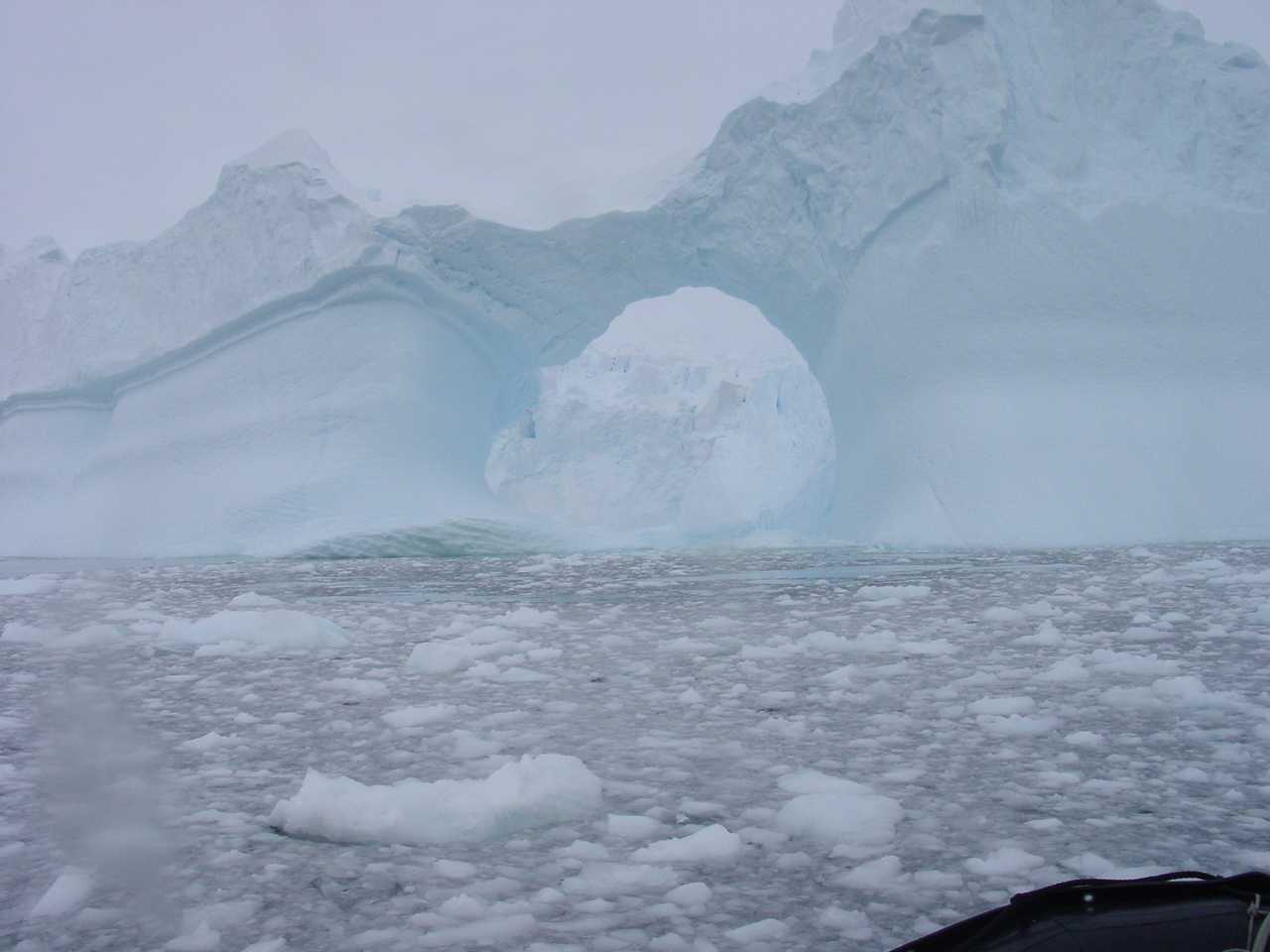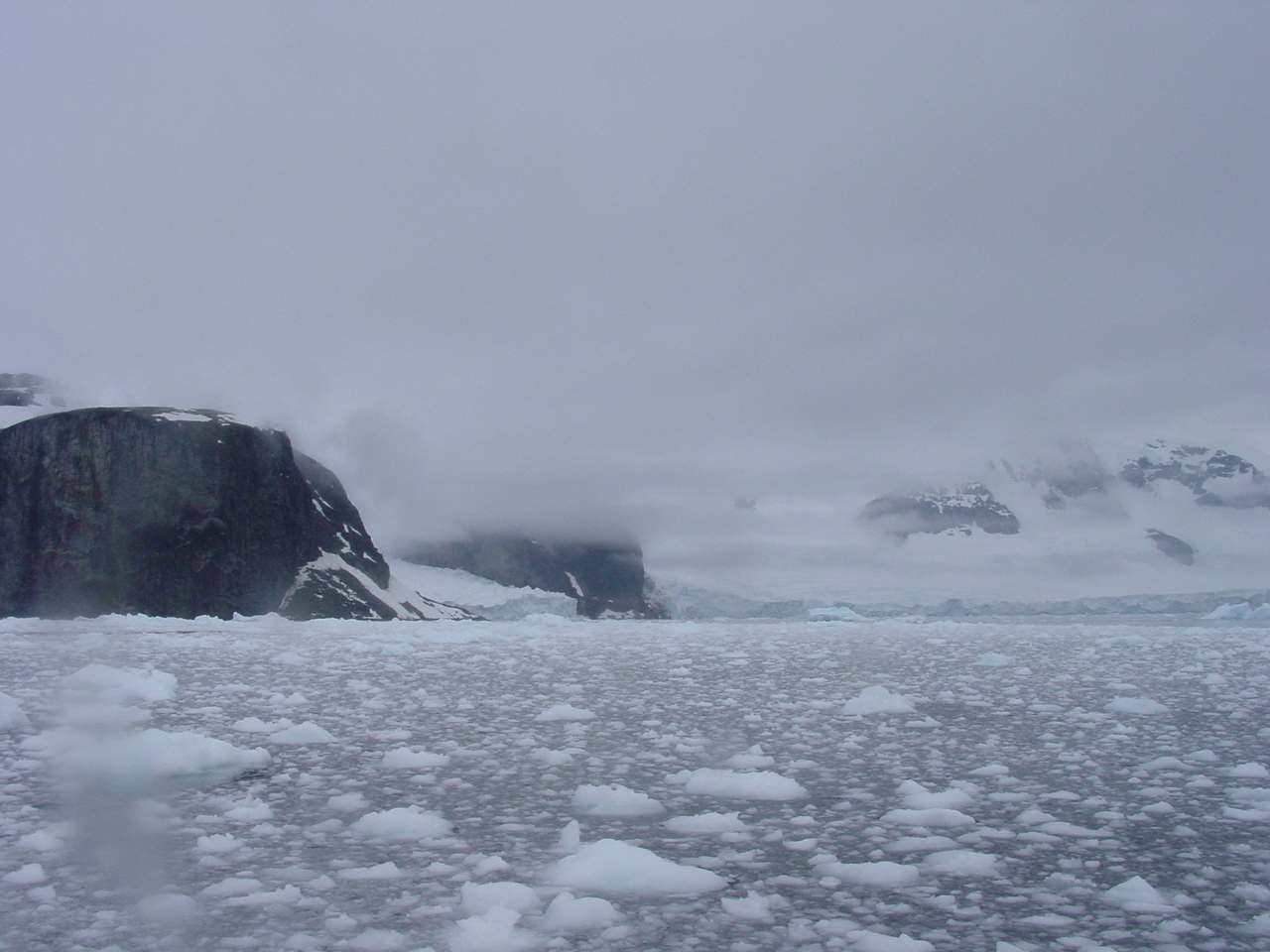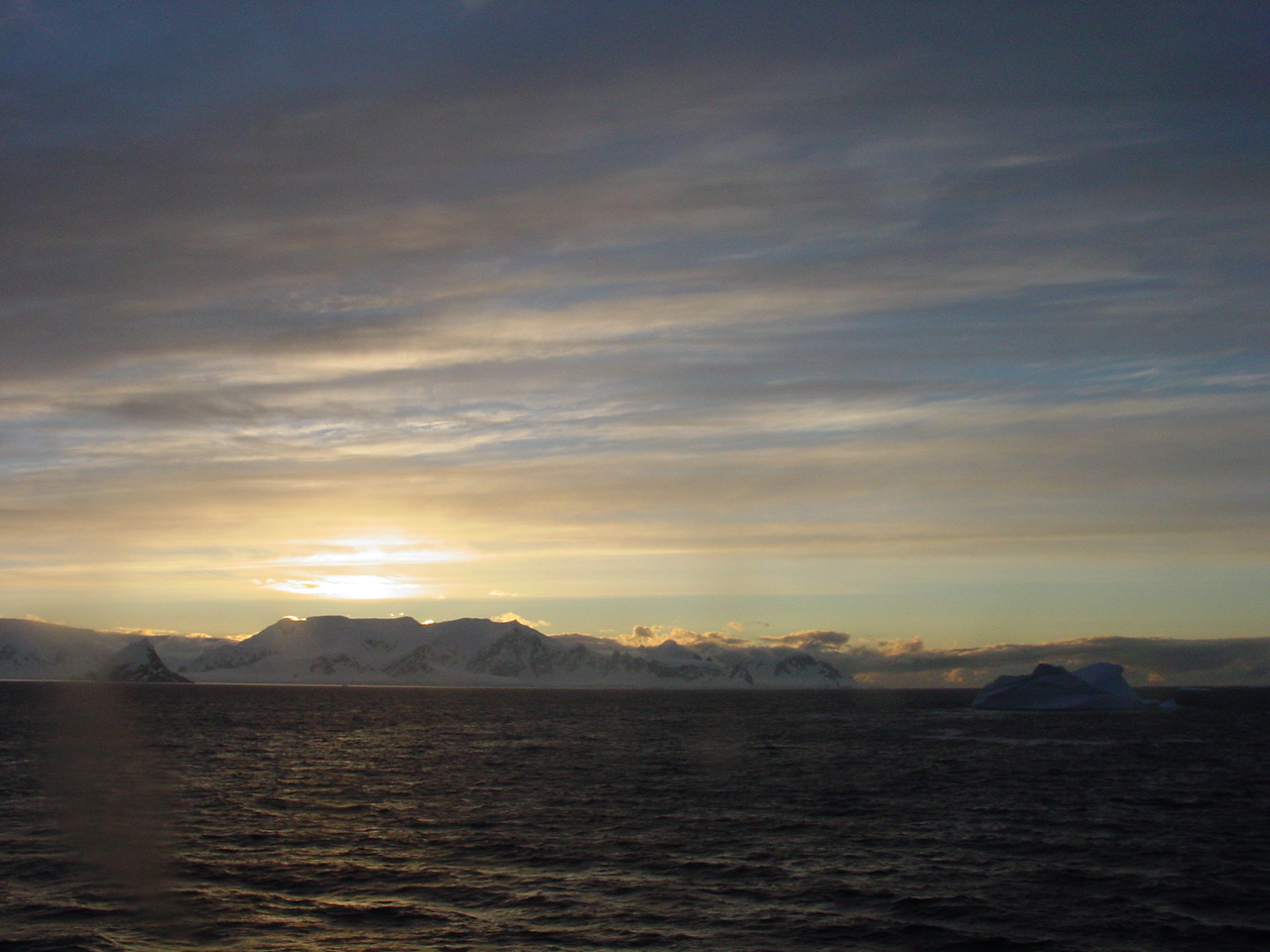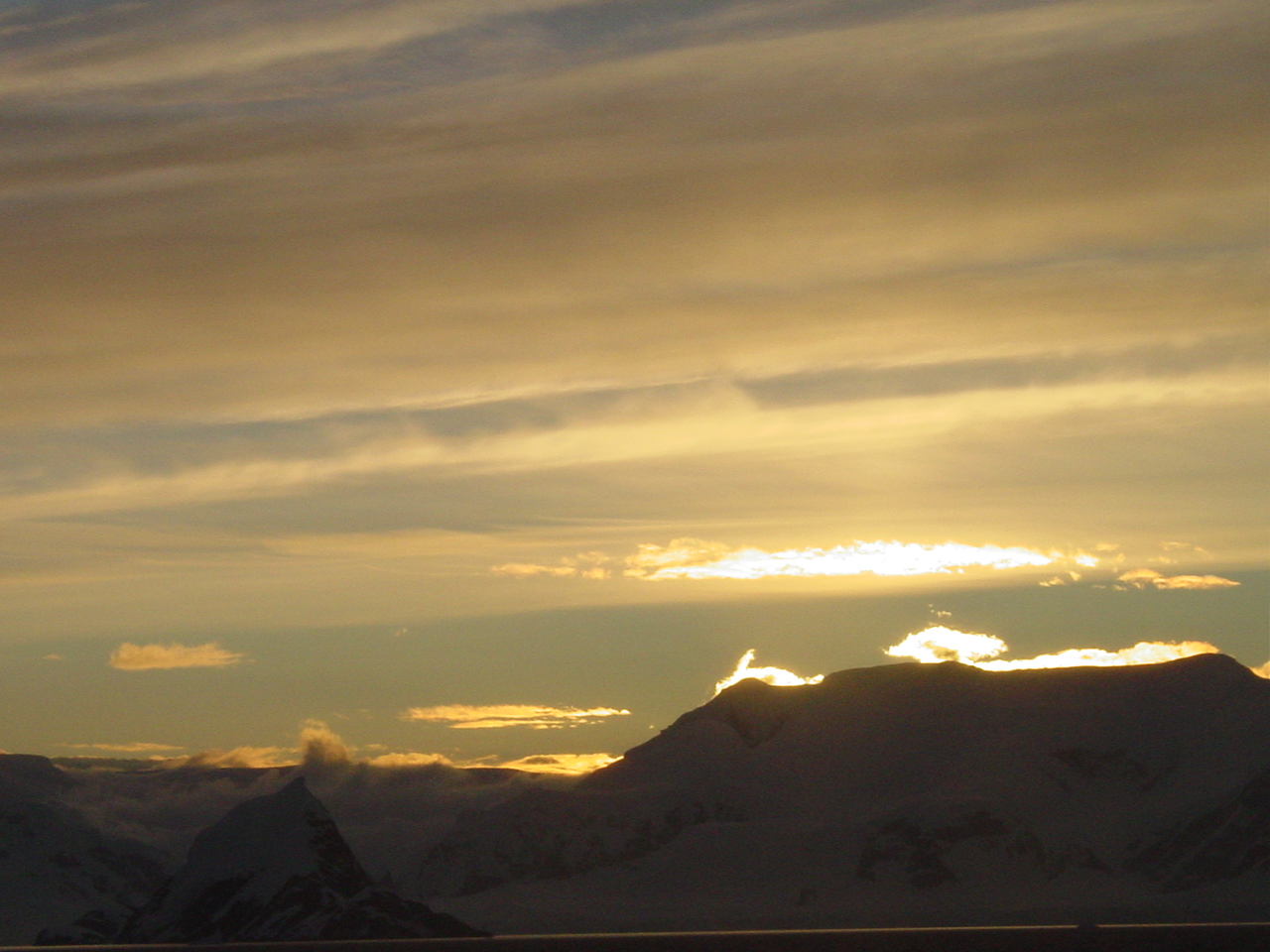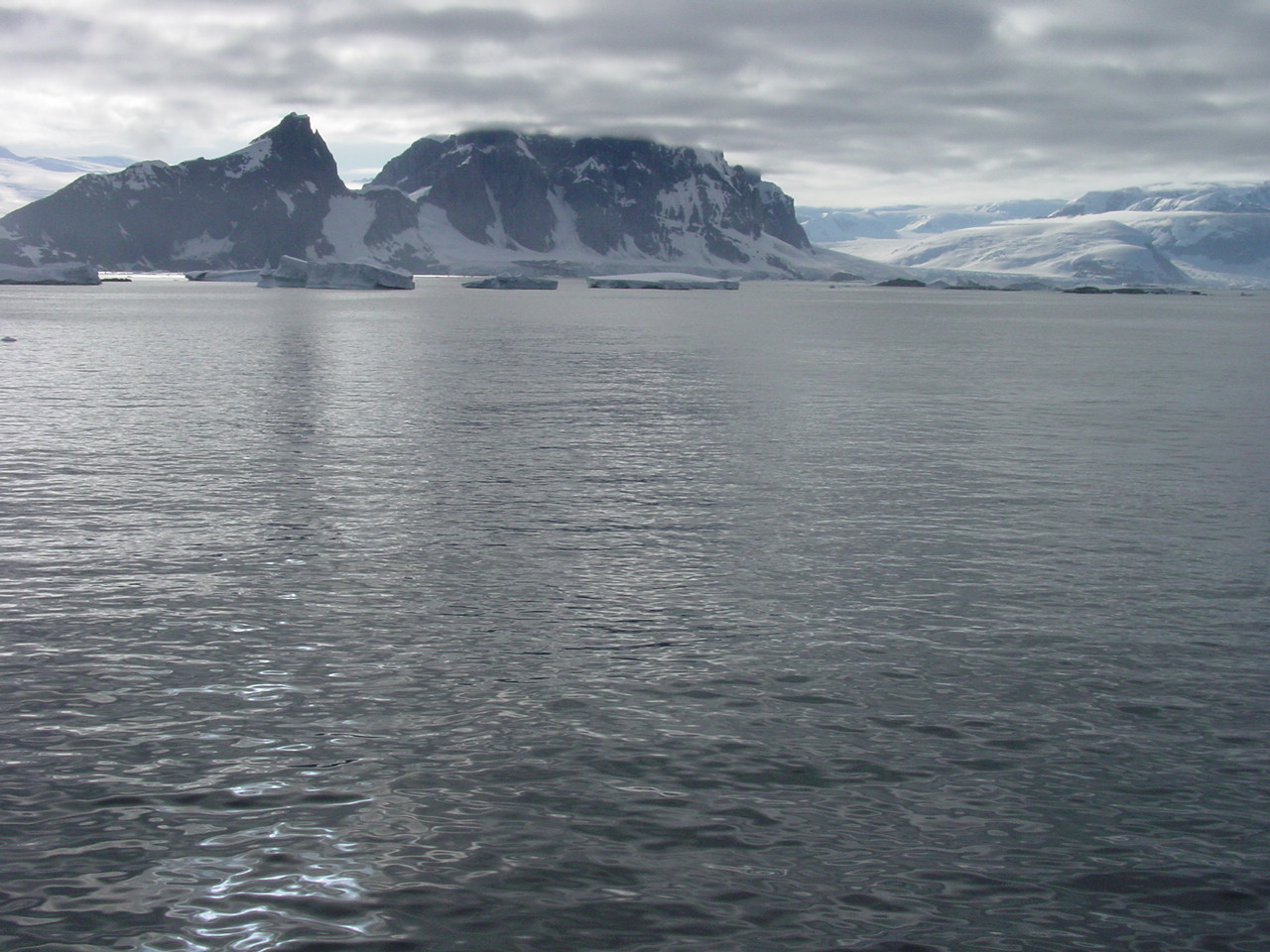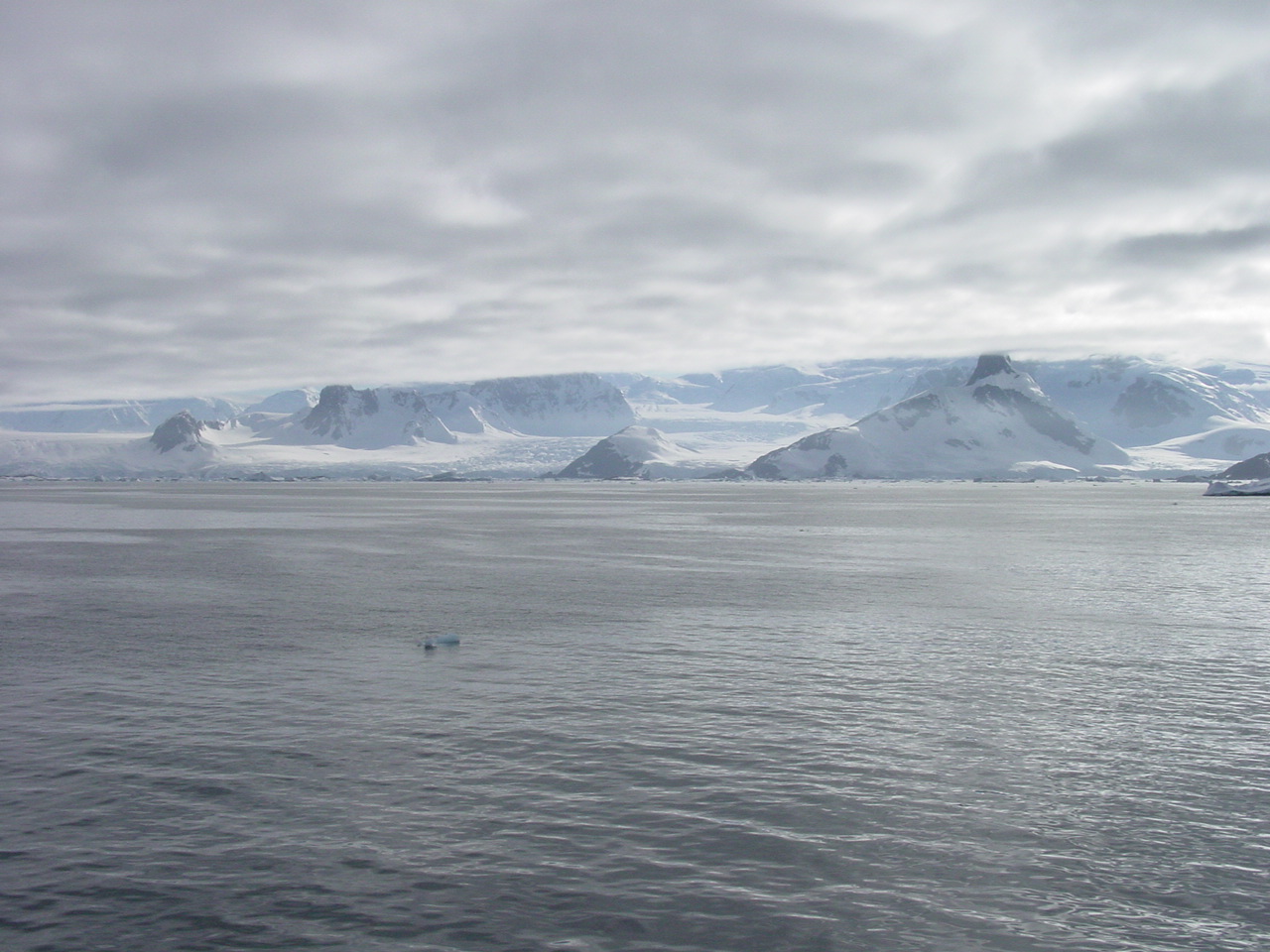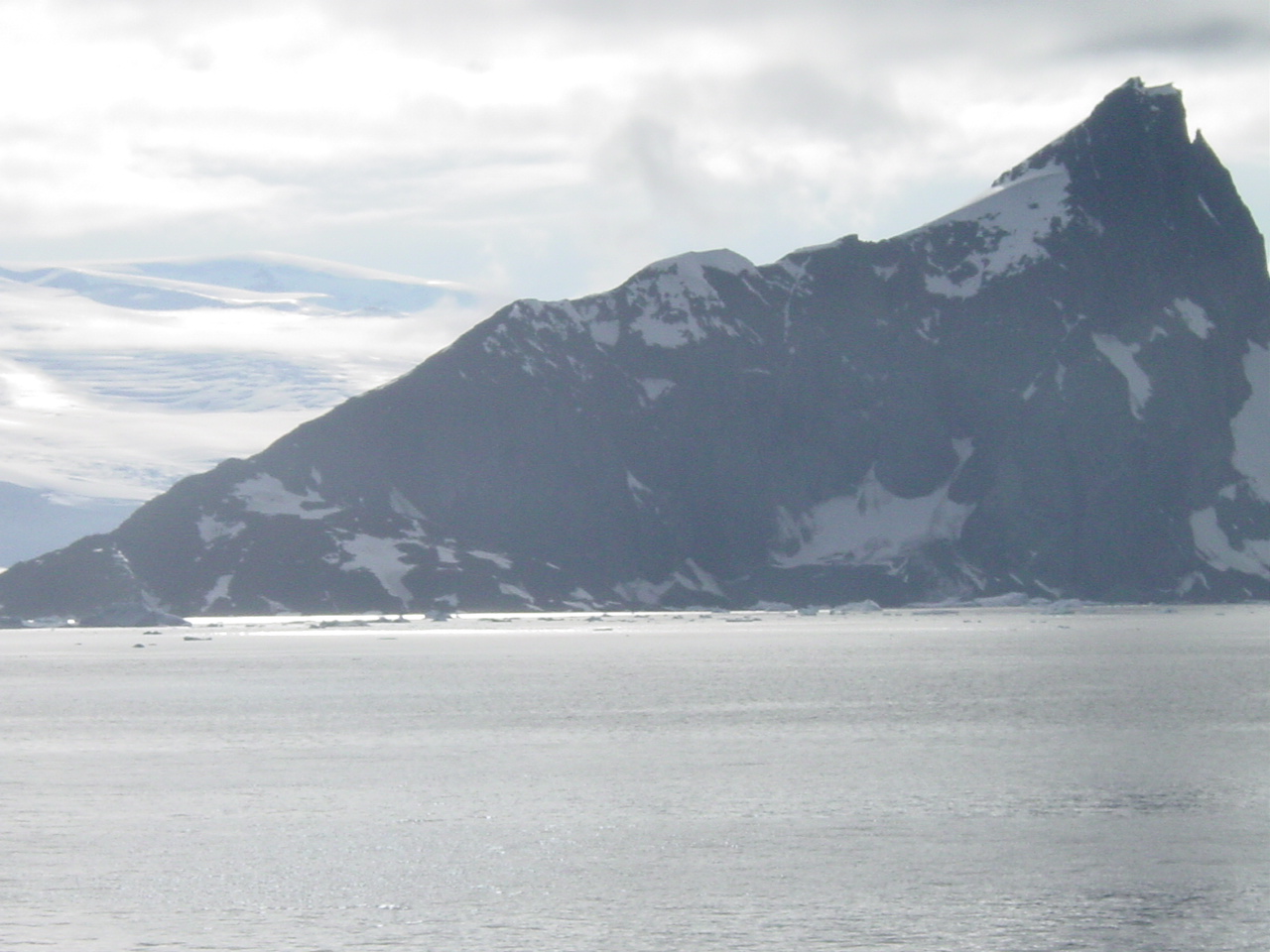set foot on the continent of antarctica
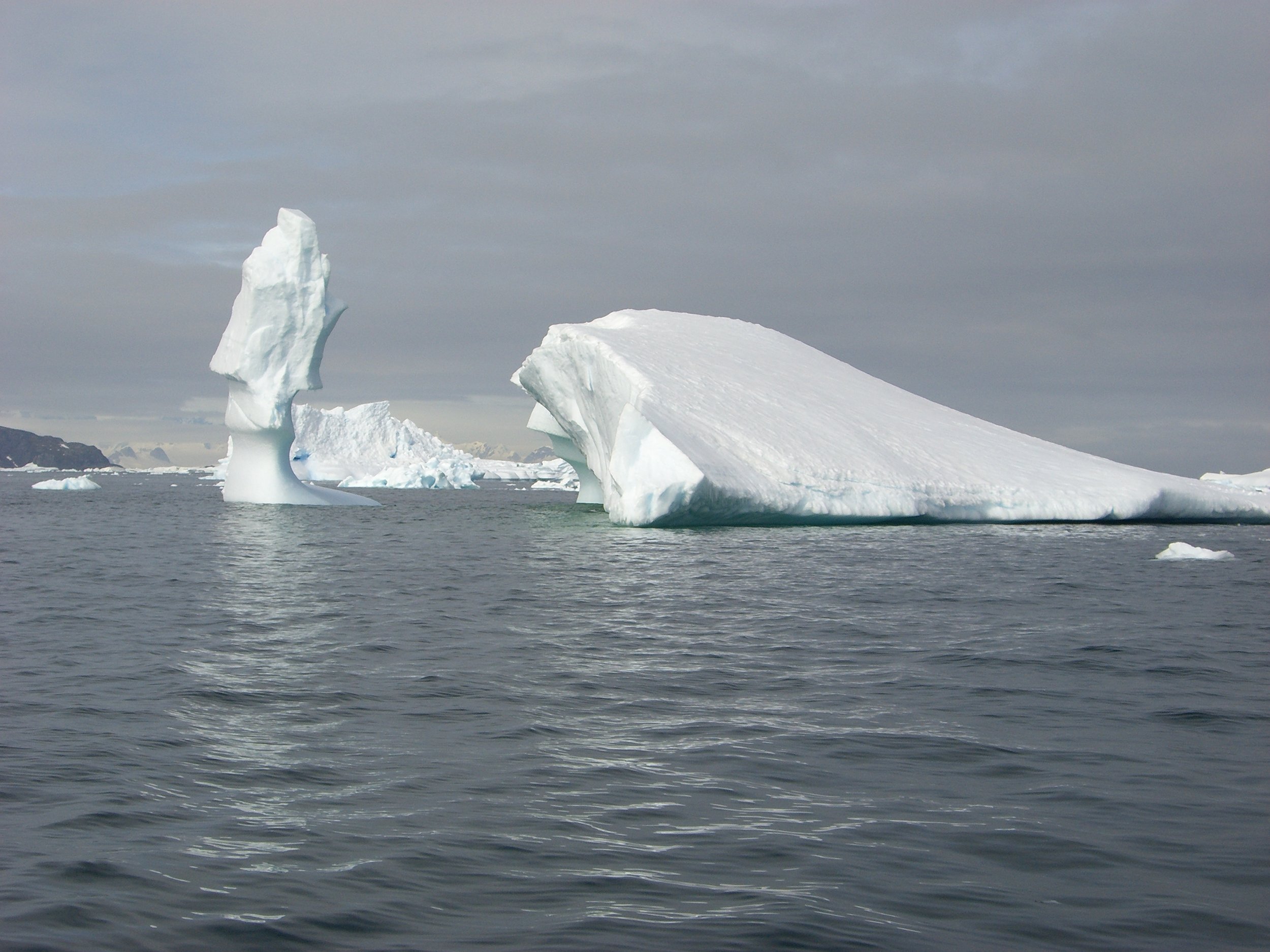
When we tell people that we've visited every continent, invariably, their first question is, "Even Antarctica?"
Yes. Even Antarctica.
And after we clear that up there are almost always a ton of follow-up questions... How did we get there? What is there to do? What was it like?
So, here are the basics about traveling to Antarctica.
To get to Antarctica, you have a couple of options. It's possible to fly across the Drake Passage and get on your ship, there, but most likely, you'll do what we did, and board a ship leaving from the southern tip of South America, crossing the Drake Passage by sea. Cruises to Antarctica come in all shapes and sizes, but we think the best trips are on smaller boats. When we cruised to Antarctica, we were on a de-commissioned Russian research vessel that had been retrofitted for passengers. It will take about two days to cross the Drake Passage, which can be a very, very rough journey. If you're prone to seasickness, buckle down. Load up on Dramamine. Wear the acupressure wristbands on your pulse points. Hole up in your room, if you must. Just remember--this, too, shall pass. And when it does, you'll be in one of the most incredibly beautiful and remote places on earth.
If you're not too sick to socialize, the passage can be a great way to meet some of your fellow travelers, and to learn about what you're about to experience. Our voyage had some really terrific naturalists and guides who ran some educational programs while we were making the crossing.
Once you're at sea, you really start to feel like you're disconnected from the rest of the world. But then, waking up on the second day of the trip, we learned that we were south of the Antarctic Circle! Not all trips go that far south, so we really felt like we'd gone to the end of the earth.
Each day, we'd take a couple of excursions--one in the morning, and one in the afternoon. We'd bundle up with long underwear, a warm coat and a waterproof shell, thick rubber boots and hats and scarves. Basically--you dress like you're going skiing, but with wellingtons, rather than ski boots. Then we'd put on a life vest and get into a zodiac--a rubber raft with an outboard motor. There'd be about eight or ten people per raft. And then we'd cruise around the ice floes, looking for seals, penguins or whales.
On some excursions, we'd find a spot to land on an island or on the continent itself. Once ashore, you can walk around, getting up close and personal with penguins and seals, or check out other nesting sea birds. The excursions aren't physically demanding, though, some expeditions have an option to take excursions in a sea kayak! But you don't have to be particuarly adventurous to cruise around in a raft taking amazing pictures of icebergs, glaciers and wildlife.
In between excursions, you can hang out on the deck looking at the amazing scenery outside. And since you'll likely be there between November and March, you'll have plenty of daylight, well into the evening. In fact, we had midnight sun on New Years' Eve when we made the trip!
Not every cruise to Antarctica works like this, though. Some larger ships might not give you the opportunity to make excursions ashore. If you're not the adventurous type, that could be fine for you--you'll still have a once-in-a-lifetime opportunity to see the world's least-visited continent. And because of changing weather conditions, you might not be guaranteed to do each and every thing on your itinerary. But if you're looking for an opportunity to experience Antarctica first-hand, there are trips for every type of traveler
Want to take an incredible trip? Huckleberry Travel can put together the trip of a lifetime that includes tons of unique experiences you might otherwise miss. Contact us for more information about our travel consultation services.
